ECJ Coffeehouse Case: VAT Treatment of On-Request and Pre-Packaged Beverages
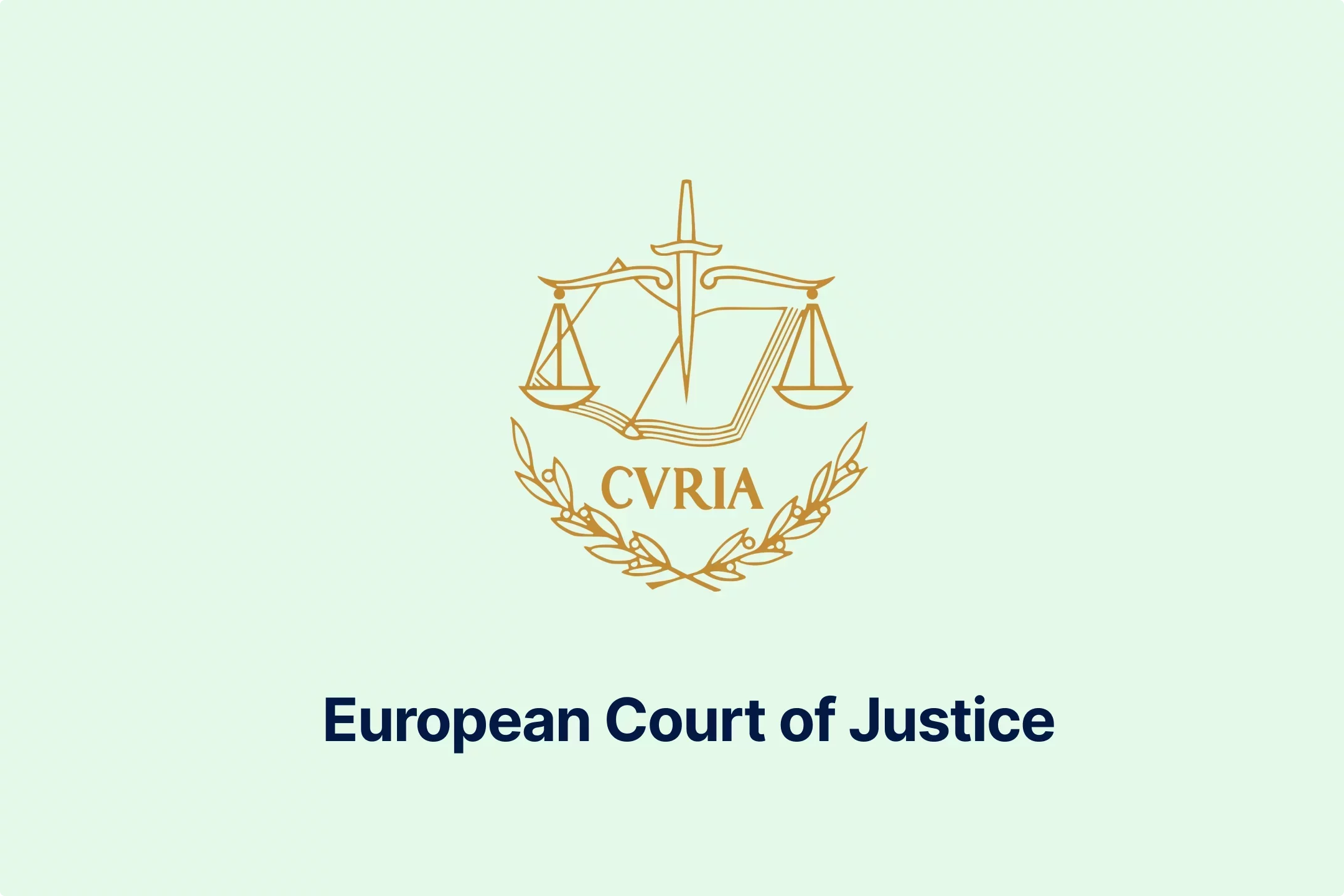
Summary
The ECJ ruling addresses the VAT treatment of hot beverages prepared on request versus pre-packaged dairy drinks in Poland, clarifying whether different VAT rates can apply based on the service context.
Key facts:
Hot beverages are taxed at 8%, while pre-packaged drinks are taxed at 5%.
The ECJ emphasized consumer perception and the role of ancillary services in determining VAT rates.
The case highlights issues of fiscal neutrality and legal certainty in EU VAT law.
🎧 Prefer to Listen?
Get the audio version of this article and stay informed without reading - perfect for multitasking or learning on the go.
The dispute between the YD, a coffeehouse operator in Wroclaw, who sells a hot chocolate beverage made of milk and chocolate sauce, and the Polish Tax Authority raises a pivotal question in EU VAT law regarding the application of reduced VAT rates to similar products that differ only in the context of their supply.
The central point of dispute is whether hot chocolate beverages prepared on request in a coffeehouse can be lawfully taxed at a higher reduced VAT rate than pre-packaged, ready-to-drink dairy beverages sold in shops, despite sharing the same main ingredient and fulfilling the exact consumer needs.
Background of the Case
YD requested binding information from the Tax Authority regarding the VAT treatment of the sold beverages. In June 2020, the Tax Authority issued a binding opinion, stating that the sales of these beverages, whether for takeaway or on-site consumption, constituted a supply of goods with ancillary services, such as preparation and serving, and classified them under food and beverage serving services. Consequently, the supply is subject to the reduced 8% VAT rate.
However, YD disagreed with such a conclusion and disputes the classification, arguing that it should qualify for the 5% VAT rate applicable to milk-based beverages listed in Annex 10 of the VAT law. Moreover, YD claimed that treating the supply in any other way would violate the principle of VAT neutrality, distort competition, and reflect an incorrect implementation of the law.
In December 2020, the Tax Authority upheld the conclusion from the binding opinion, underscoring that there is a difference between beverages classified under Section 56 of the Polish Classification of Goods and Services in the group of food and beverage serving services (PKWiU), such as YD’s hot chocolate, and dairy beverages sold in shops at the 5% VAT rate.
The Tax Authority added that there is a clear distinction between a ready-to-drink product available at retail and a hot beverage freshly prepared by a coffeehouse employee according to the customer’s preferences, where the preparation and service constitute ancillary elements that influence the purchase decision.
Regardless, the YD appealed against the confirmed binding opinion before the Regional Administrative Court in Wrocław, arguing that the Tax Authority had misinterpreted the Polish VAT Law and the EU VAT Directive. Additionally, YD claimed that beverages sold at the coffeehouse should be taxed at the 5% rate applicable to milk-based beverages listed in Annex 10, insisting that applying an 8% rate breaches the principles of fair competition and VAT neutrality.
The Regional Administrative Court (Court) noted that the 5% VAT rate applies to foodstuffs listed in Annex 10, which is in line with Annex III of the EU VAT Directive. However, goods falling under Section 56 of the PKWiU could not benefit from the 5% rate, thus creating a situation where two different classification systems, the CN and the PKWiU, were used to determine VAT treatment for the same type of goods or services.
The Court expressed concern that this dual system undermines legal certainty, grants excessive discretion to Tax Authorities in setting VAT rates for products that fulfill the same consumer need, and conflicts with the principle of VAT neutrality. Additionally, it noted that PKWiU does not align with the EU VAT Directive in its classification of services with ancillary elements.
Under all the circumstances, the Court decided to pause the proceedings and refer questions for a preliminary ruling to the European Court of Justice (ECJ).
Main Questions from Request For Ruling
The Court asked the ECJ to clarify whether EU legislation permits Poland to apply a 5% rate to milk-based beverages under the CN classification, while excluding the same beverages when classified as food and drink services under the PKWiU, which subjects them to an 8% rate.
Additionally, the Court requested that the ECJ explain whether applying two different reduced rates to products with the same characteristics, based only on the inclusion of preparation and serving services, is compatible with the principles of fiscal neutrality and legal certainty.
Applicable EU VAT Directive Article
To provide answers to the raised questions, the ECJ interpreted a provision from the CN, which is the Combined Nomenclature set out in Annex I to the Council Regulation on the tariff and statistical nomenclature and on the Common Customs Tariff, as well as provisions from the EU VAT Directive.
Regarding the EU VAT Directive, the key provisions relevant to this case were those defined in Recitals 4 and 7, as well as Articles 2, 14, 24, 96, and 98. Articles 96 and 98 of the EU VAT Directive were of particular interest to the ECJ, as they require EU countries to apply a standard VAT rate, fixed as a percentage of the taxable amount, uniformly to both goods and services, and allow them to apply one or two reduced rates, but only to goods or services listed in Annex III, excluding most electronically supplied services respectively. Additionally, the ECJ interpreted Annex III to the EU VAT Directive and Article 6 of the Implementing Regulation No. 282/2011
Poland National VAT Rules
Regarding the Polis VAT Law, it initially set a 7% VAT rate, which was later raised to 8%, for goods and services listed in Annex 3, except those under Section 56 of the PKWiU, which covers food and beverage serving services. Article 41 provides a 5% rate for goods and services in Annex 10, again excluding items classified under Section 56.
Additionally, Article 41 explicitly states that the 8% rate applies to supplies classified in PKWiU 56, except for certain beverages listed in Annexes 3 and 10. Annex 10, on the other hand, includes specific non-alcoholic beverages, such as milk-based beverages and fruit or vegetable juice products with a juice content of at least 20%.
Importance of the Case for Taxable Persons
Essentially, the case clarifies the boundaries of fiscal discretion in VAT treatment. Considering the importance of applying the correct VAT rate and the impact of whether a higher or lower VAT rate is applied, the ECJ's reasoning and conclusions are significant for taxable persons providing goods and services combined, such as food and beverage preparation.
Moreover, the dispute sheds light on the key determining factors, such as product characteristics, service elements, and consumer choice, that affect the applicable VAT rate, further guiding compliance and planning in industries that blend goods with personalized services.
Analysis of the Court Findings
The ECJ began its analysis with the statement that the option for EU countries to apply reduced VAT rates, as provided for in Article 98 of the EU VAT Directive, aims to make essential goods and services more affordable and accessible to consumers, who ultimately bear the tax.
EU countries have the discretion, within the limits of the fiscal neutrality principle, to determine which supplies in the categories listed in Annex III qualify for reduced VAT rates. When making this determination, EU countries may use the CN to define the scope of goods for reduced rates. However, this is only one of the methods that EU countries may use.
Nevertheless, as long as transactions are all within an Annex III category and respect the principle of fiscal neutrality, EU countries are free to classify supplies in the way they consider most appropriate when applying reduced VAT rates. Consequently, under national legislation, EU countries may group different taxable transactions under the same category without distinguishing between goods and services and apply the same reduced VAT rate.
In this case, the Polish national rules distinguish between ready-to-drink dairy beverages sold in shops, taxed at 5%, and hot dairy beverages, such as YD’s, prepared on request for immediate consumption in a coffeehouse, which are taxed at 8%. The application of different VAT rates to ready-to-drink beverages and prepared hot beverages for immediate consumption at a customer’s request is not contrary to EU law, and is in alignment with the ECJ case law.
However, the ECJ noted that the Implementing Regulation emphasizes that classification as restaurant or catering services depends not on the food itself or its preparation, but on the accompanying support services that enable immediate consumption and are predominant relative to the food supply. Thus, the issue of whether the Polish legislation respects fiscal neutrality, which prohibits treating competing supplies differently for VAT purposes, must be determined by the Court, not the ECJ.
The ECJ guided the Court on how to determine this by stating that the perspective of the average consumer is the key factor in decision-making. Therefore, the average consumer’s viewpoint is crucial for deciding whether dairy beverages sold as retail products under CN and hot dairy beverages served under PKWiU Section 56 are interchangeable. Primarily, because both beverages share the same primary ingredient, milk, and have a similar consistency and appearance.
Determining the VAT treatment of these two types of beverages may also be conditioned by differences in taste, smell, and the fact that consumers can add ingredients to hot dairy beverages taxed at 8%, which may substantially alter the properties of the beverages. Finally, the difference in beverage temperatures, which may affect taste or smell, should be taken into account.
The ECJ also highlights that when the Court referred questions, it has found that both types of dairy beverages serve the same consumer need for sugary non-alcoholic beverages. The Court already determined that YD’s beverages are prepared on request, served hot, and intended for immediate consumption, while shop-bought dairy beverages do not allow consumer influence over composition.
Courts Final Decision
The ECJ concluded that EU legislation, notably Article 98 of the VAT Directive, Annex III, Implementing Regulation, as well as the principle of fiscal neutrality, does not prevent national legislation from applying two different reduced VAT rates to foodstuffs with the same main ingredient and serving the same consumer need, based on whether they are sold in shops or prepared hot for immediate consumption.
The application of these rules and principles is permitted if the products do not share similar properties or if the differences, including accompanying services, have a significant influence on the average consumer’s choice.
Conclusion
The ECJ concluded that EU legislation does not prohibit the application of two different reduced VAT rates to similar products if differences in supply or ancillary services significantly influence the consumer’s choice.
However, it left for the Regional Administrative Court, as the referring court, to determine whether national rules violate the principle of fiscal neutrality, instructing that consumer perception and product interchangeability should be considered. Ultimately, the ECJ emphasized that the VAT treatment of products is not only determined by the product category itself, but also by how it is supplied and consumed.
Source: Case C‑146/22 - YD v Director of National Tax Information, Poland, EU VAT Directive, Combined Nomenclature, Implementing Regulation No 282/2011

Featured Insights

Angola’s E-Invoicing Mandate: Phased Implementation Continues Into 2026
🕝 December 10, 2025
VAT Deduction and Business Succession: When Do Advisory Costs Serve the Company’s Interest?
🕝 December 8, 2025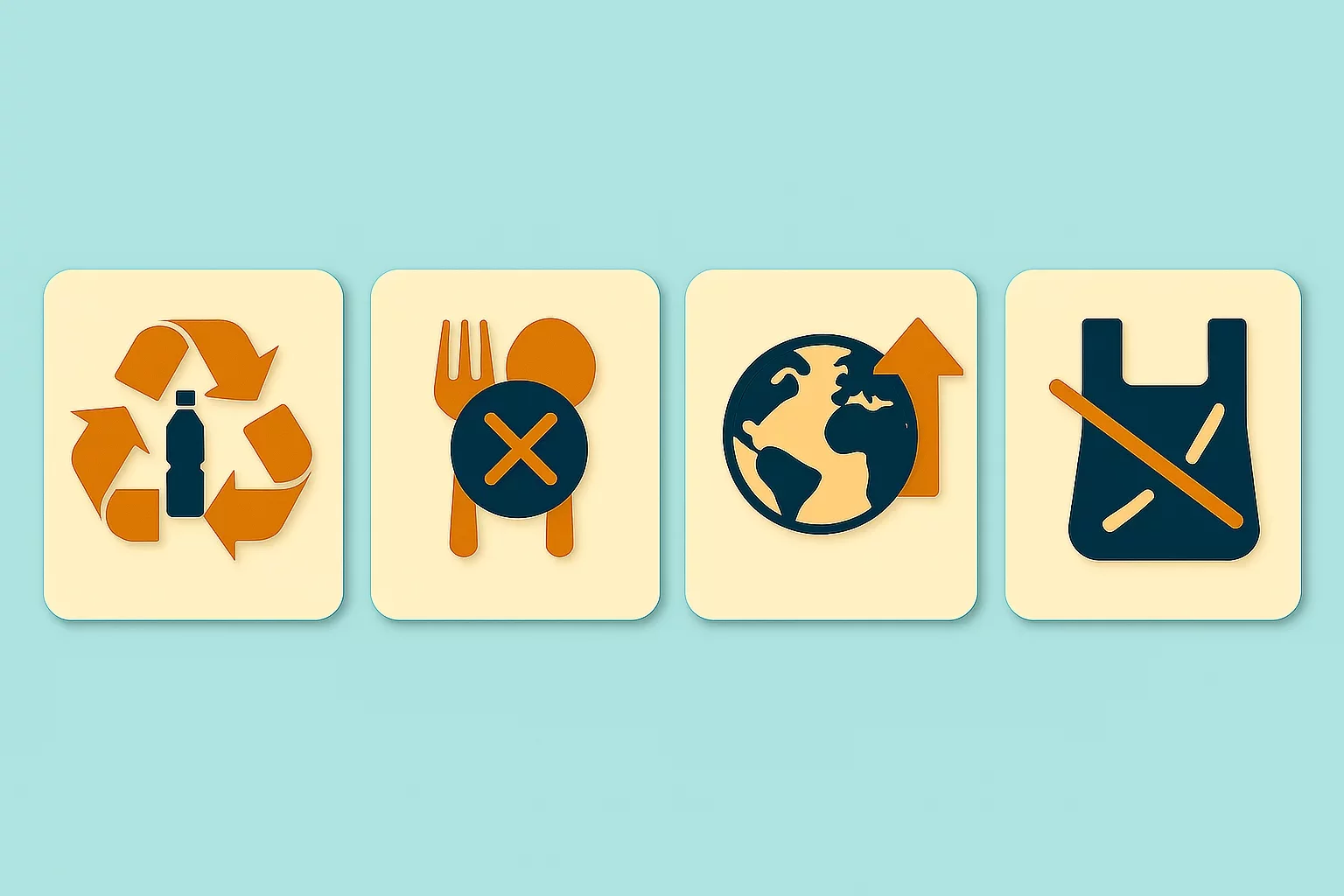
Europe’s Plastic Fiscal Shift: Why Italy’s Plastic Tax Now Starts in 2027
🕝 December 3, 2025
The Decline of Low-Value Import Exemptions: Closing Gaps in Cross-Border E-Commerce
🕝 November 20, 2025More News from Europe
Get real-time updates and developments from around the world, keeping you informed and prepared.
-e9lcpxl5nq.webp)

-7acdre0hop.webp)
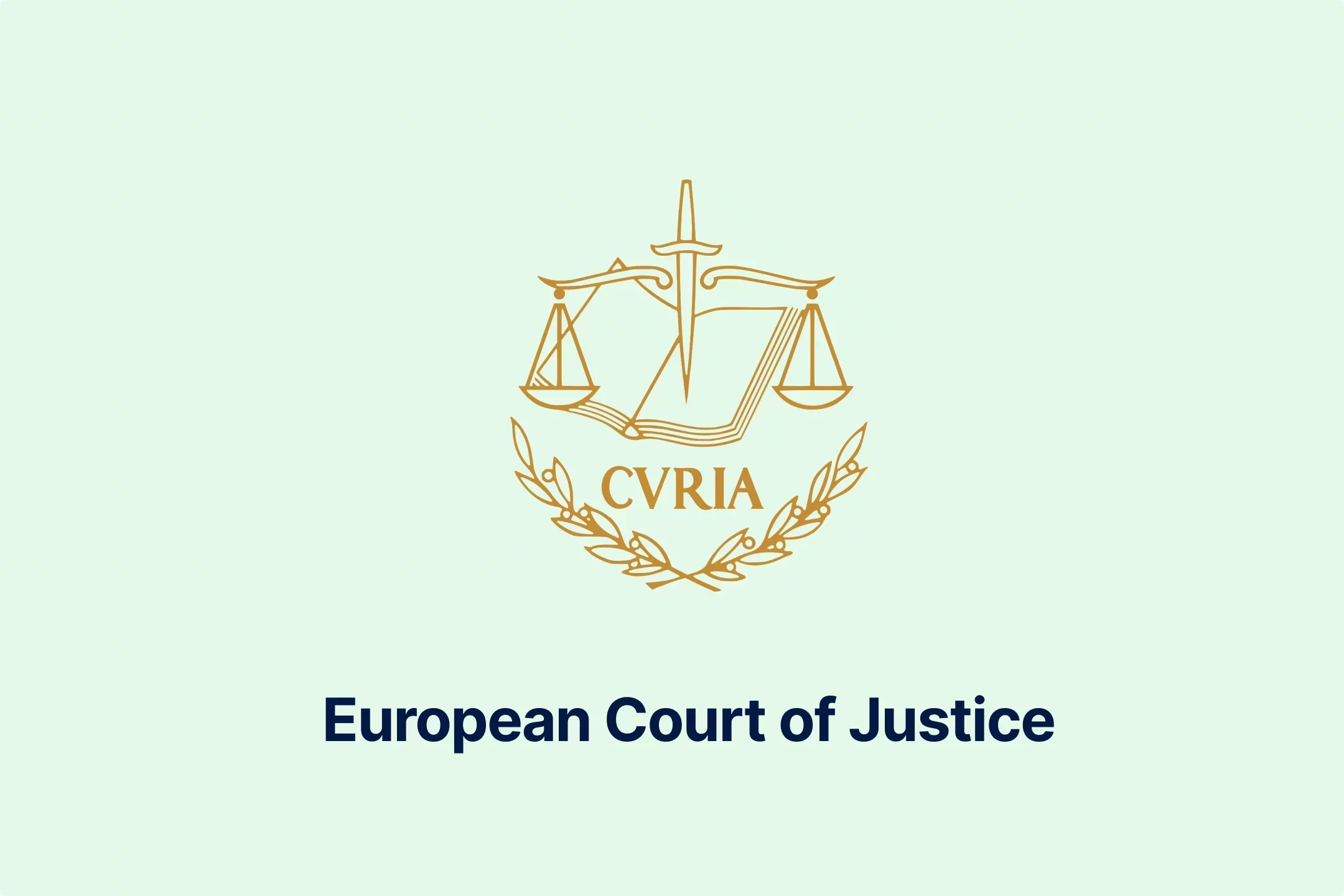
-lcgcyghaer.webp)
-ol6mdkdowg.webp)
-aqdwtmzhkd.webp)
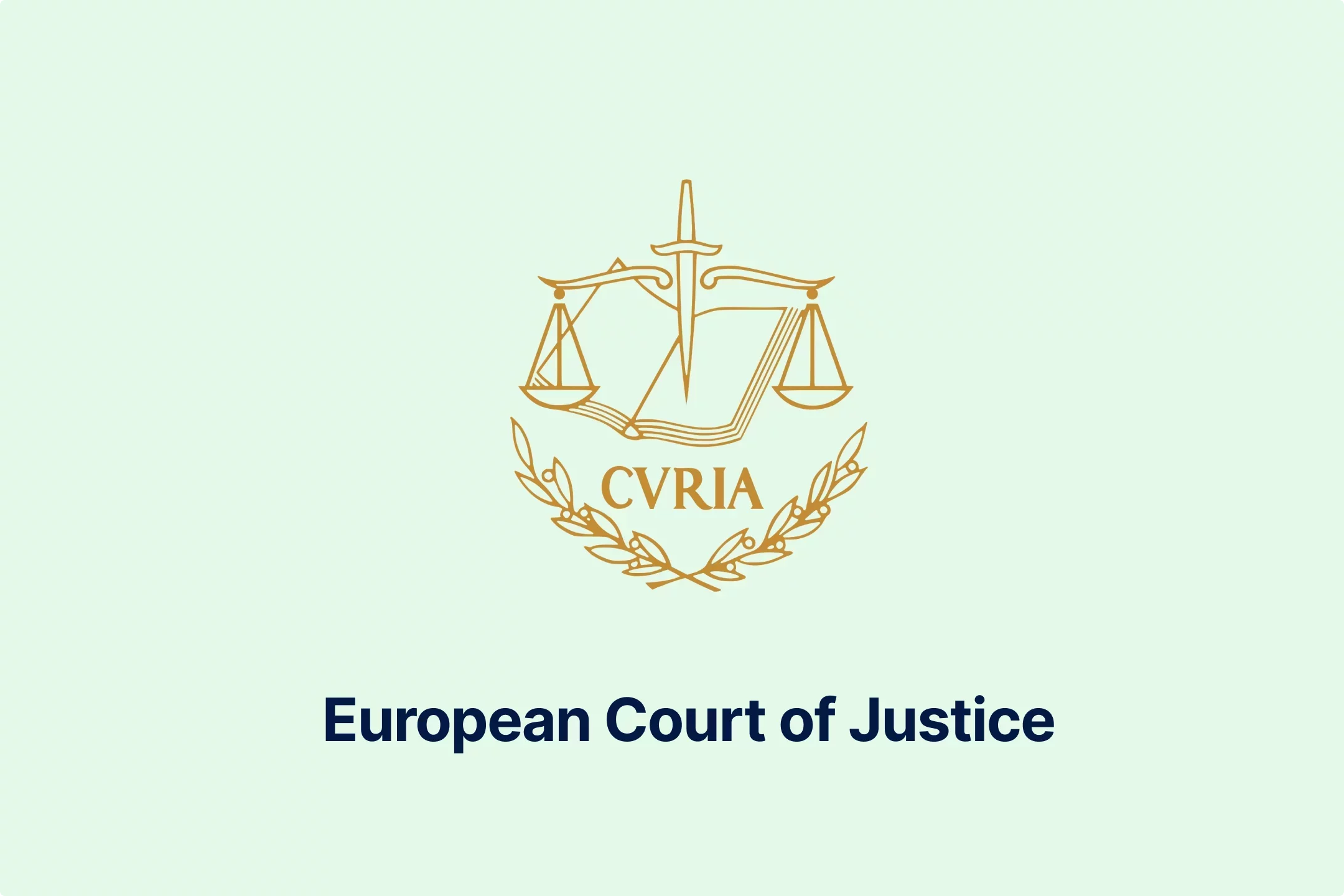
-njgdvdxe2u.webp)
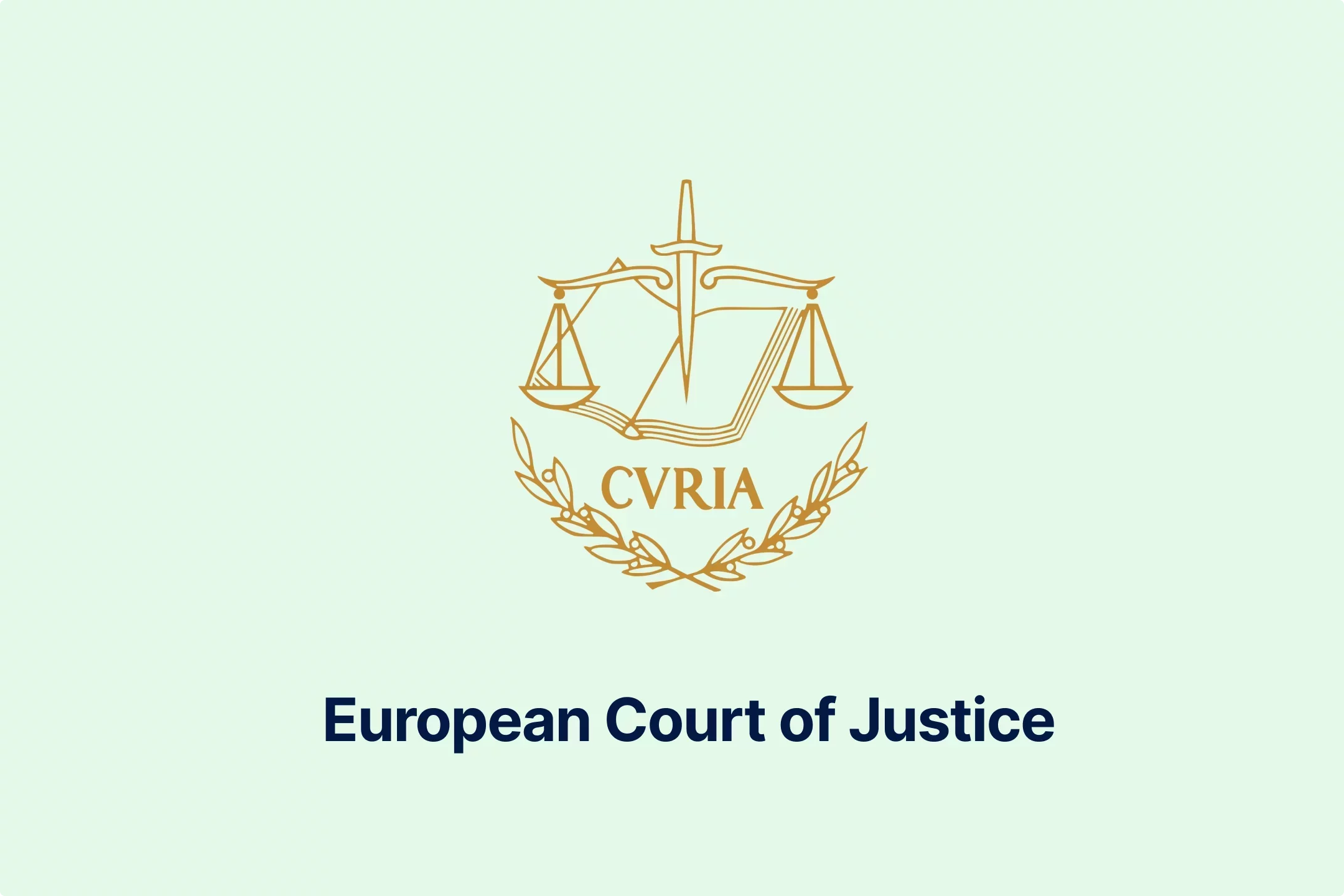


-i6rki3jbad.webp)
-hdwgtama05.webp)

-atbhy5fyxv.webp)
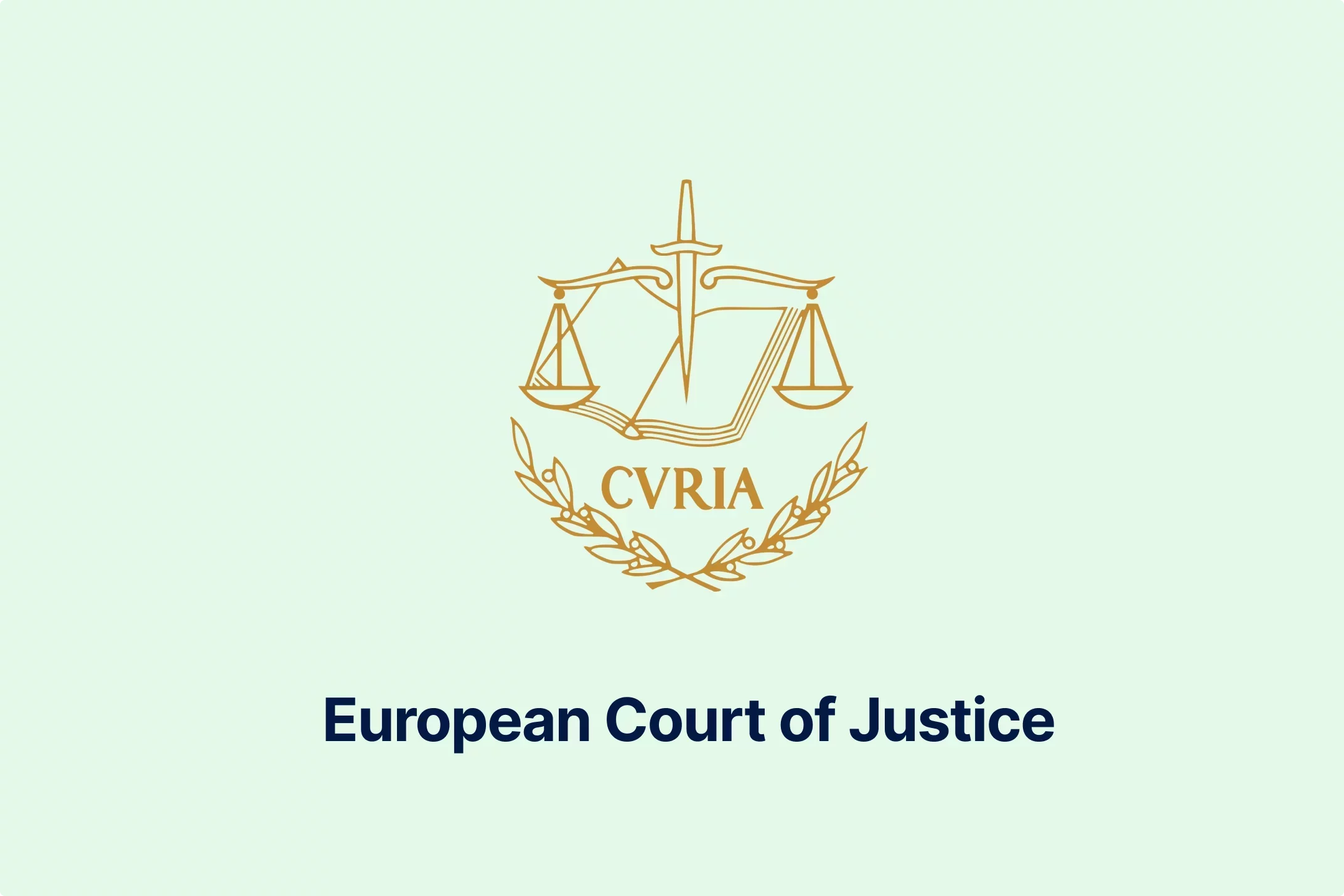


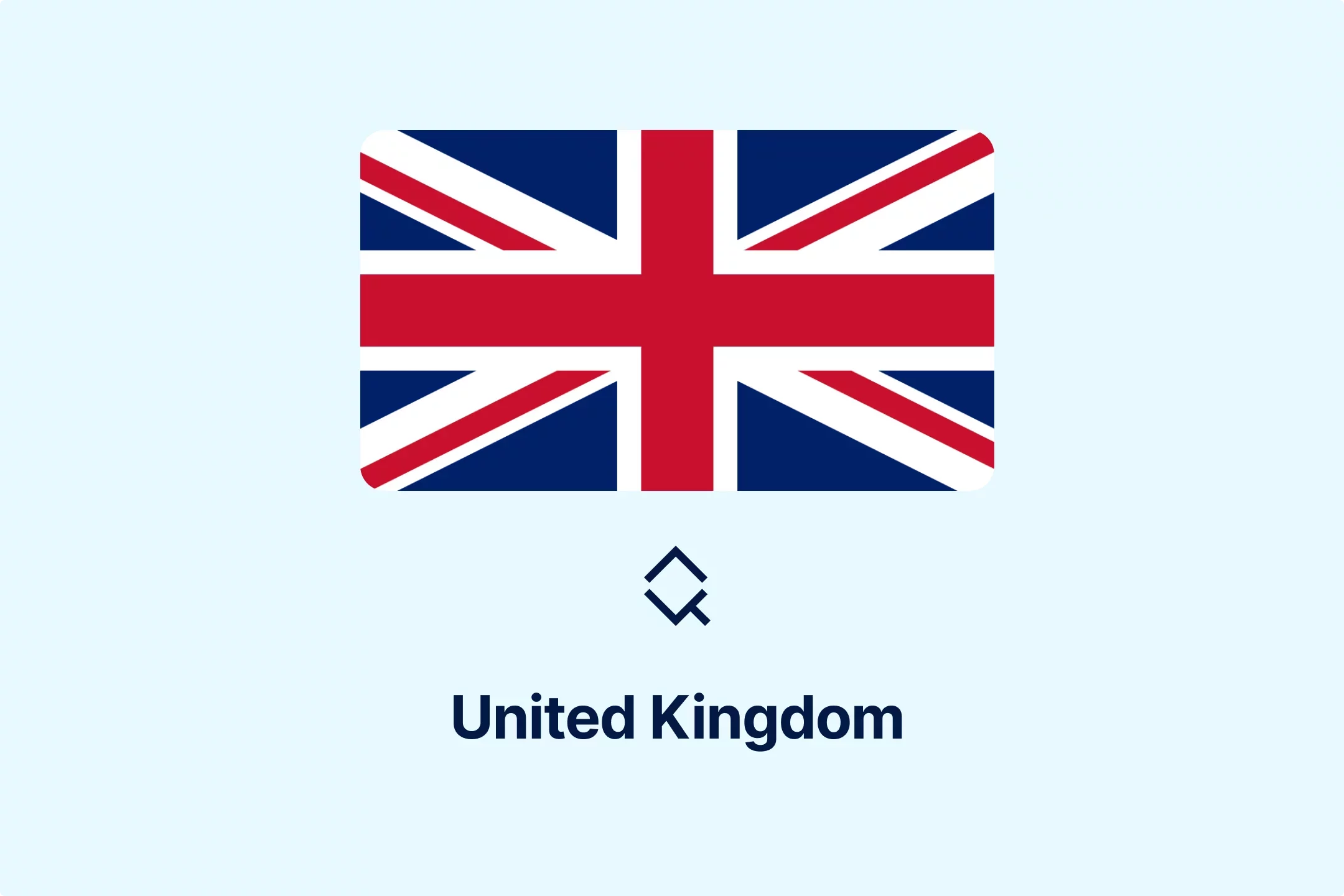
-zp2n6zixoa.webp)
-oa1ynbm4sn.webp)

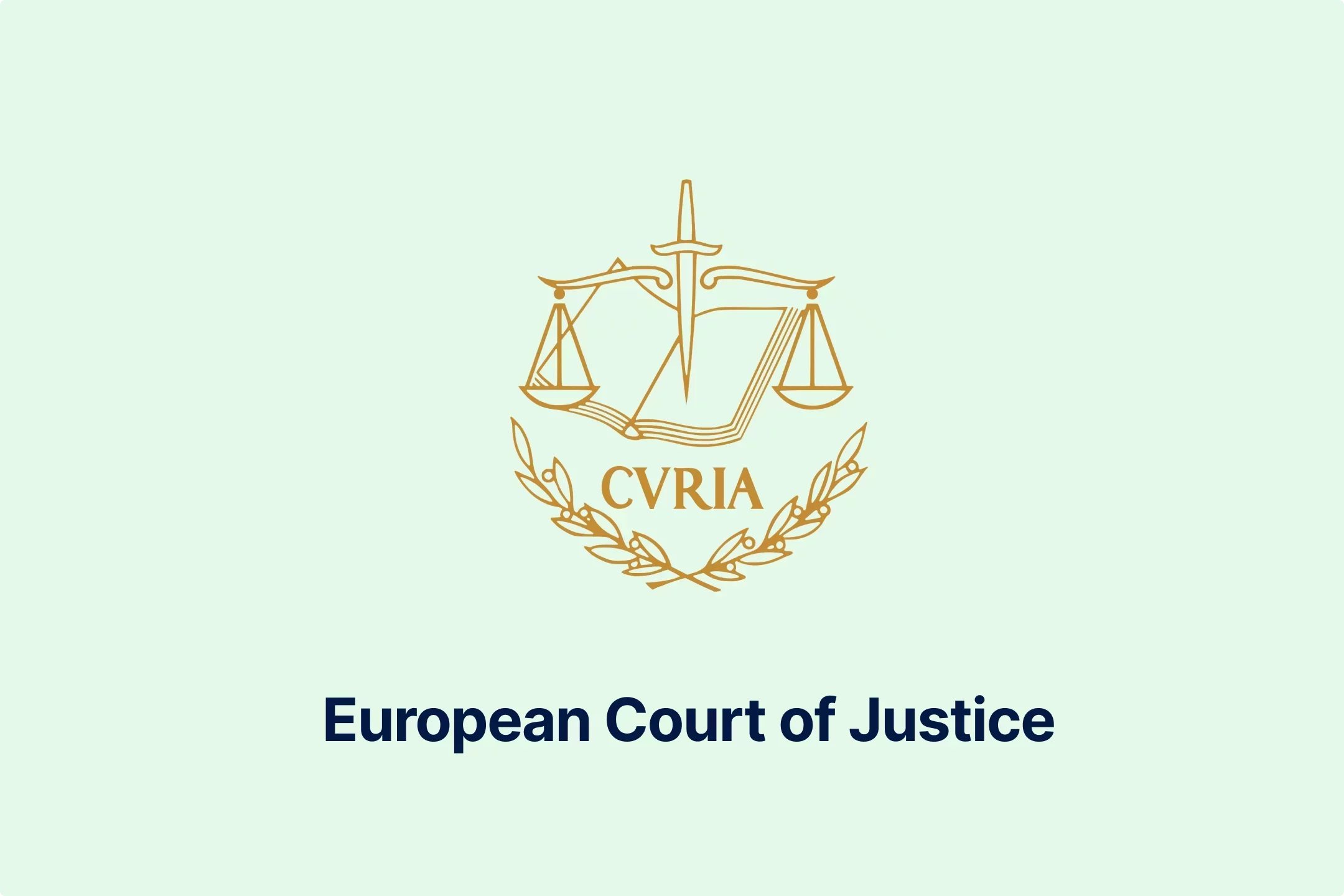
-lltkno6txy.webp)


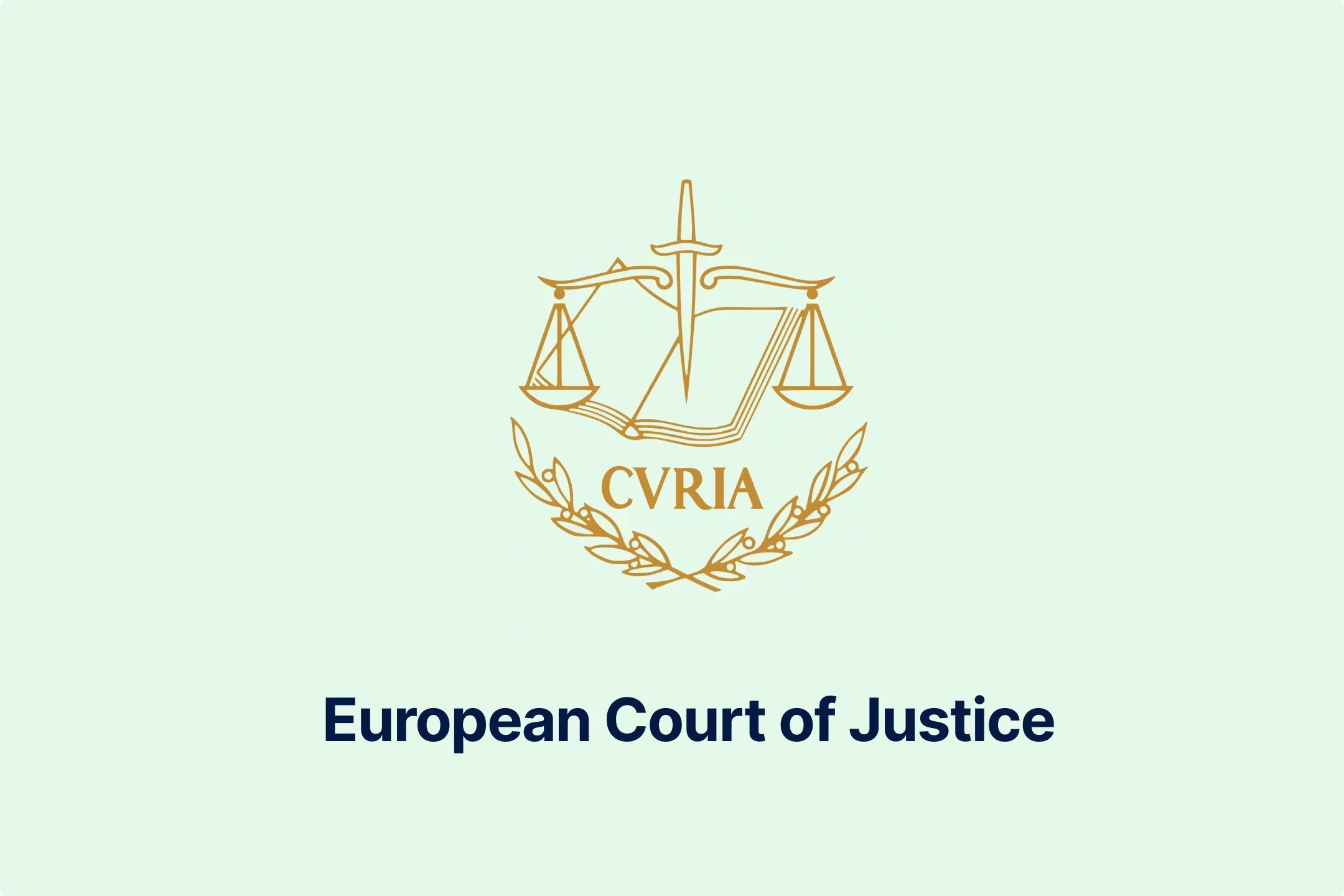
-do38odrqnq.webp)
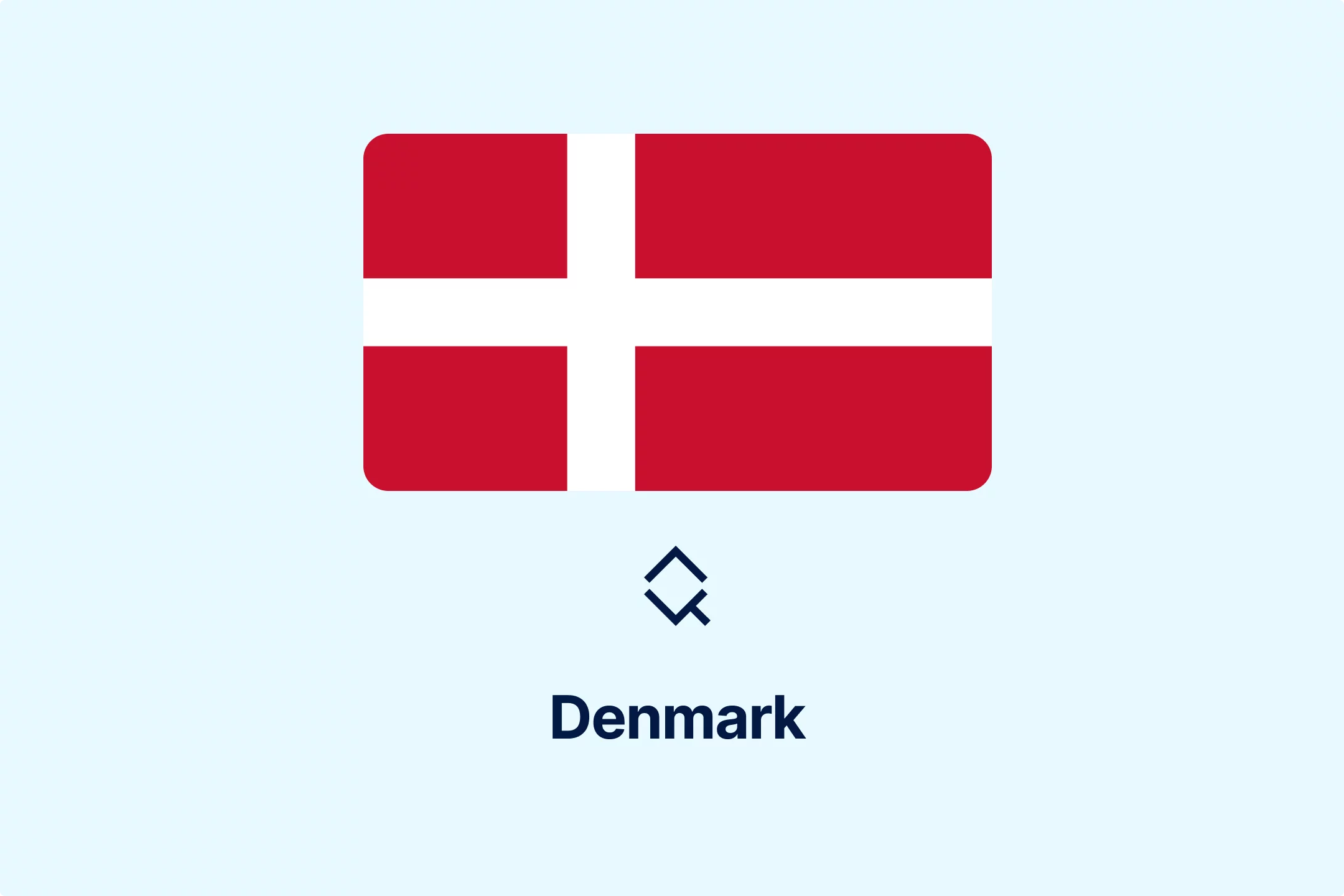
-t409oldqzt.webp)
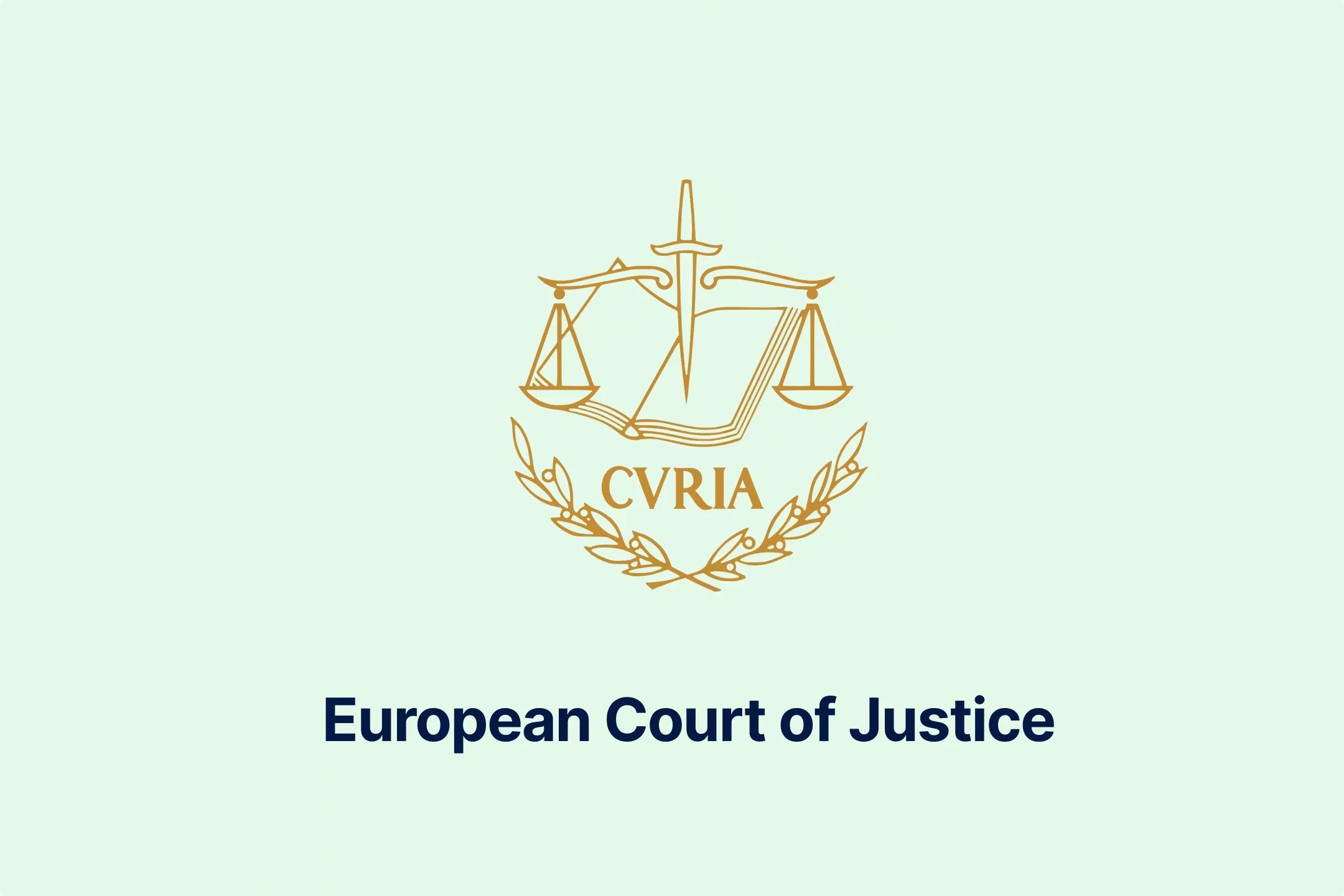
-hordopb6xh.webp)
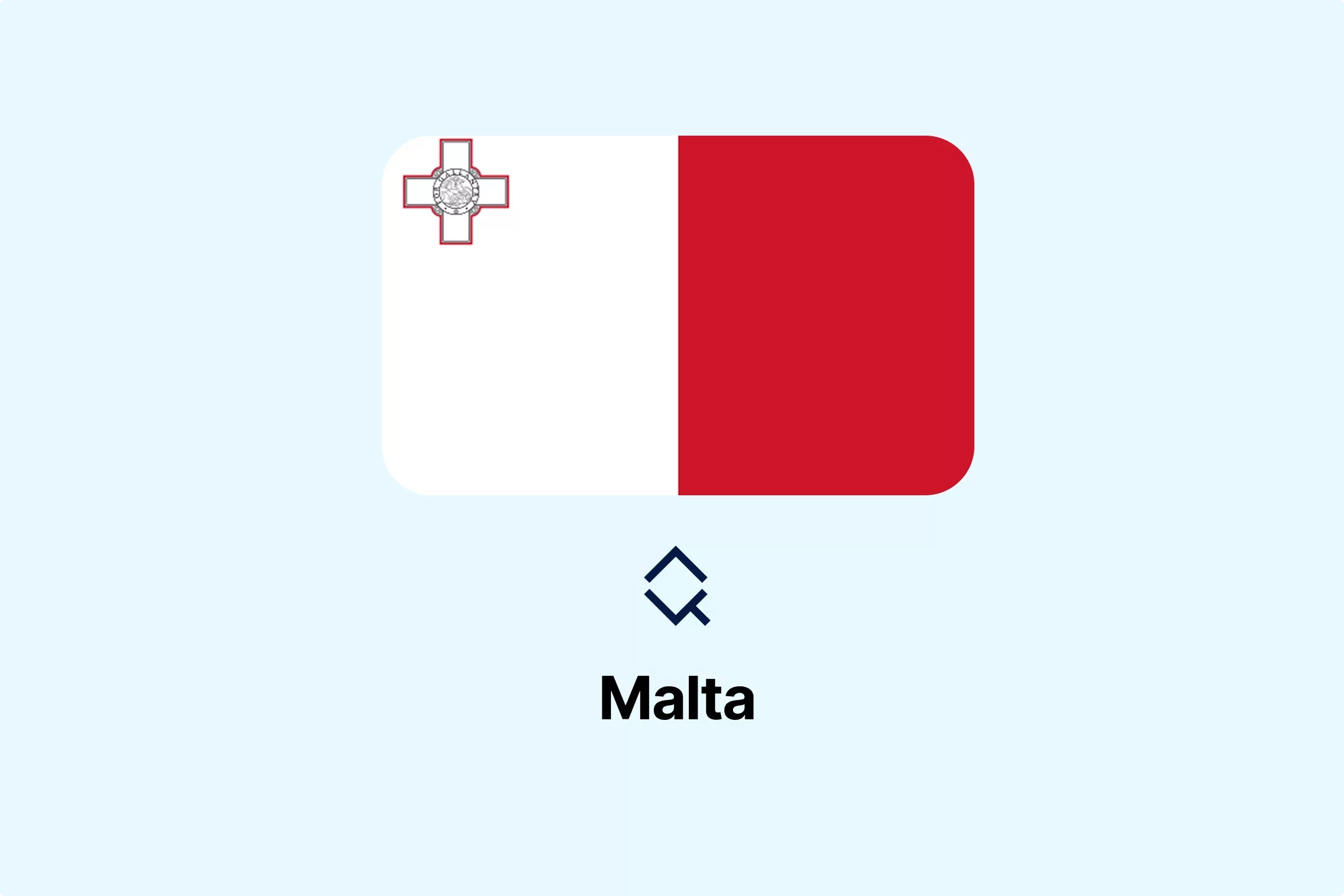
-ooimnrbete.webp)
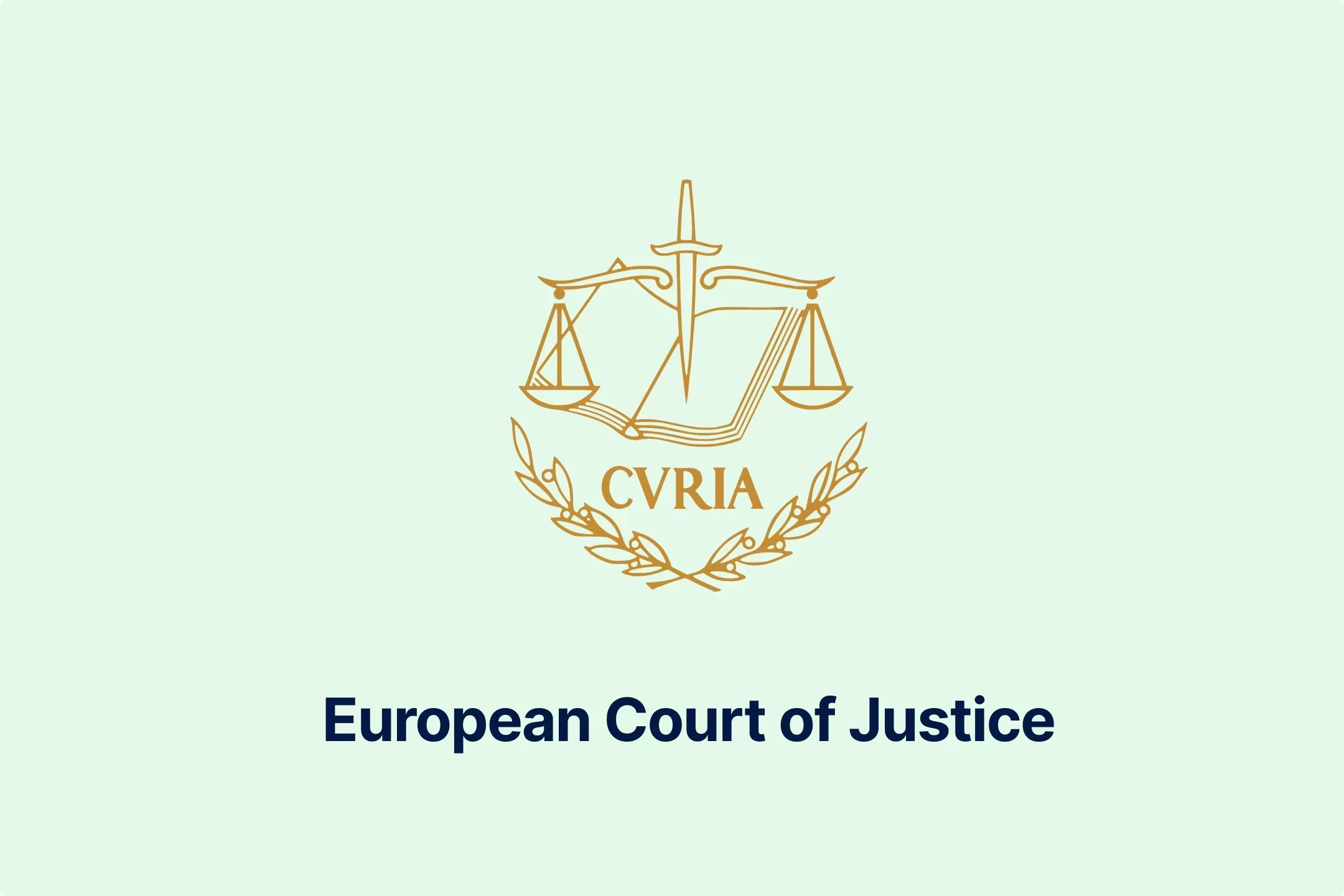
-lwb5qpsily.webp)
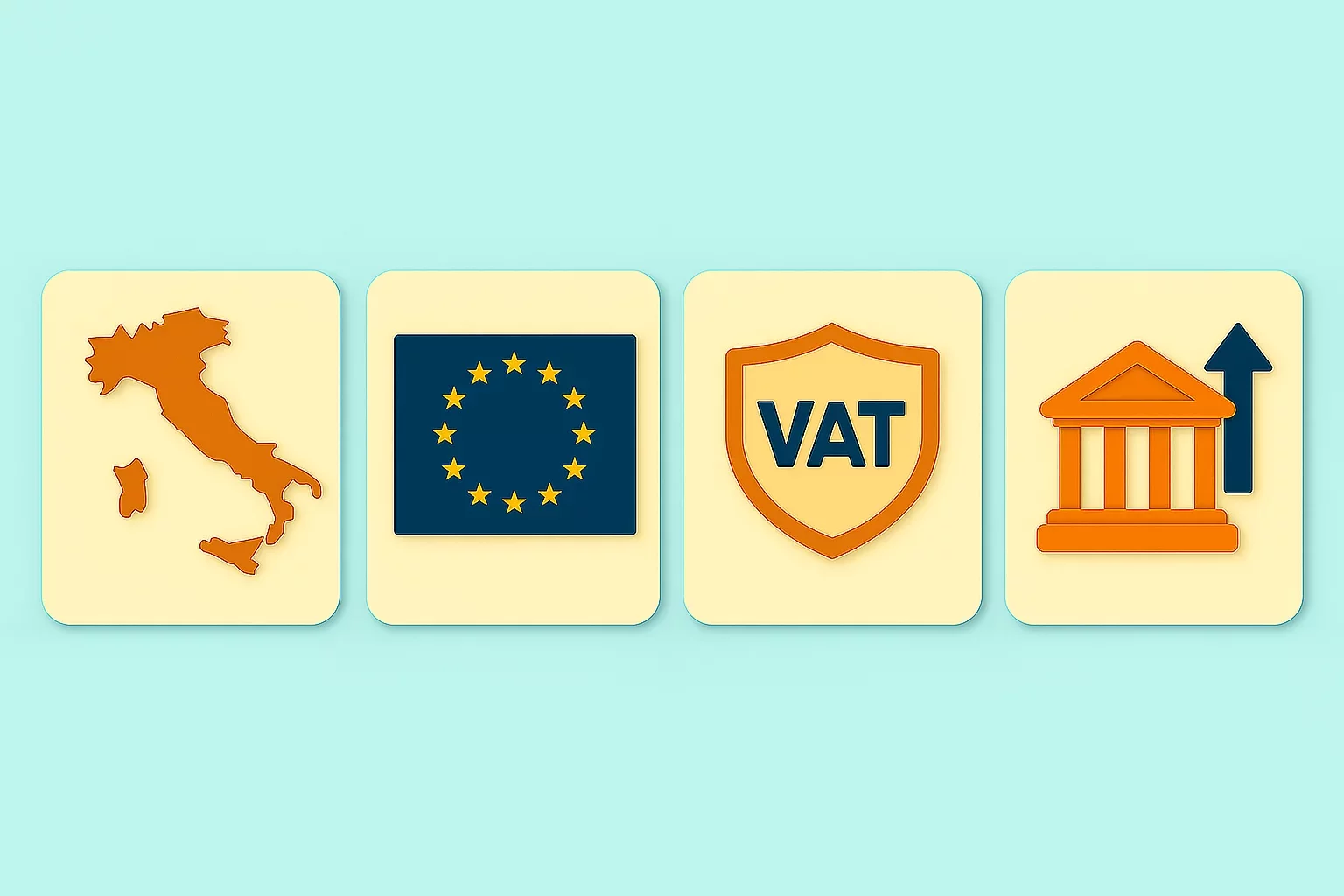

-eumafizrhm.webp)

-mtqp3va9gb.webp)

-3ewrn1yvfa.webp)
-591j35flz2.webp)
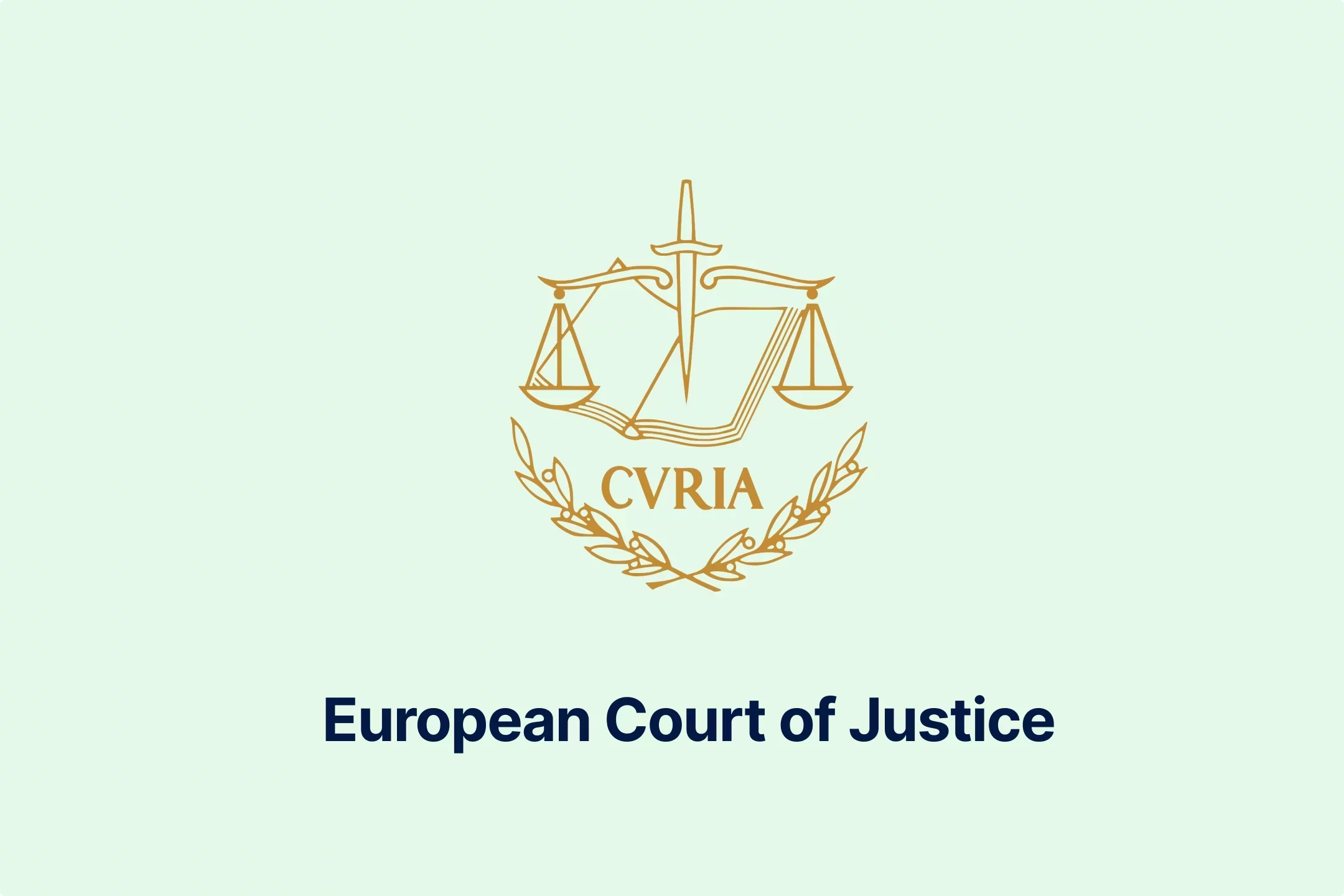
-huj3cam1de.webp)

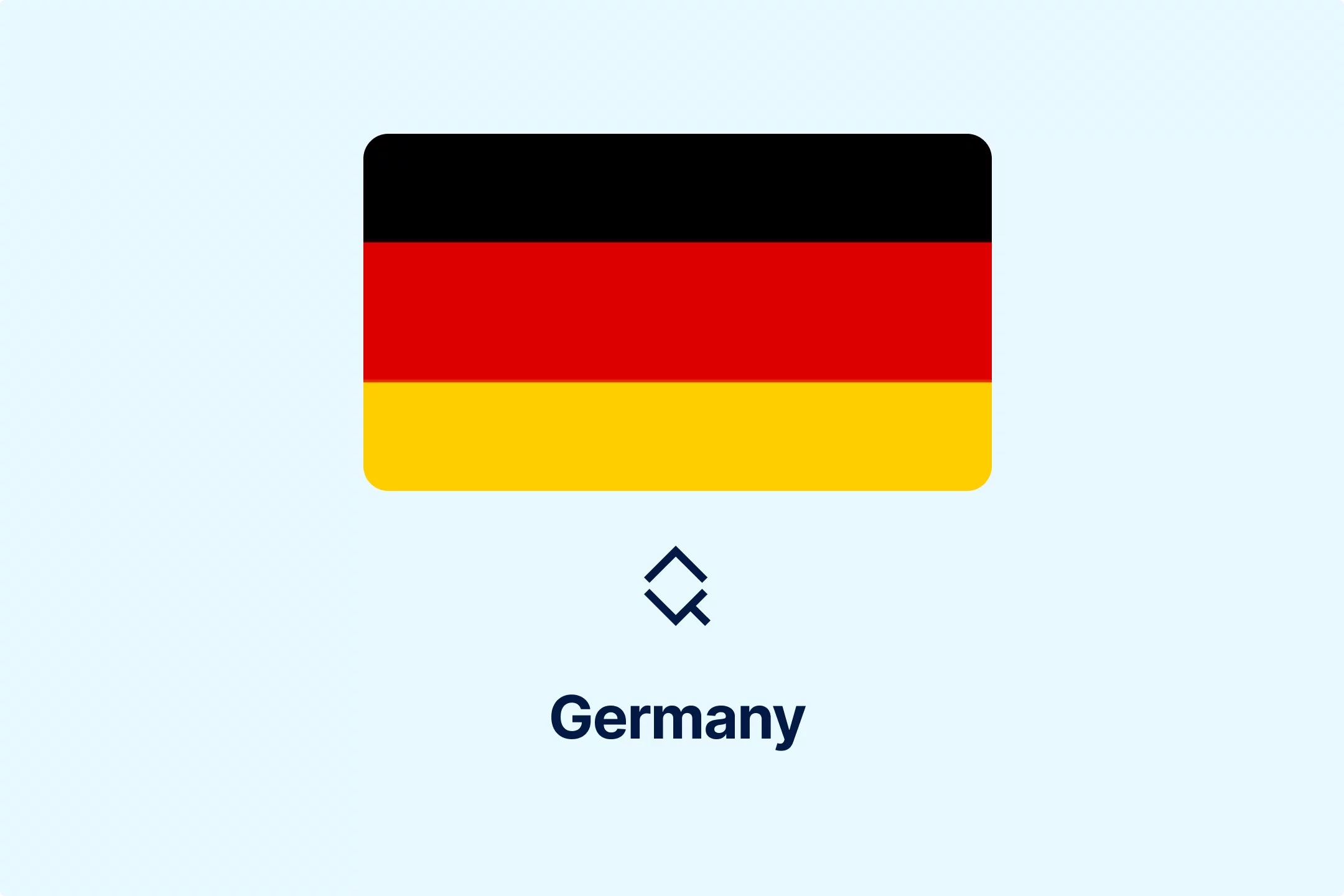
-hafis0ii23.webp)
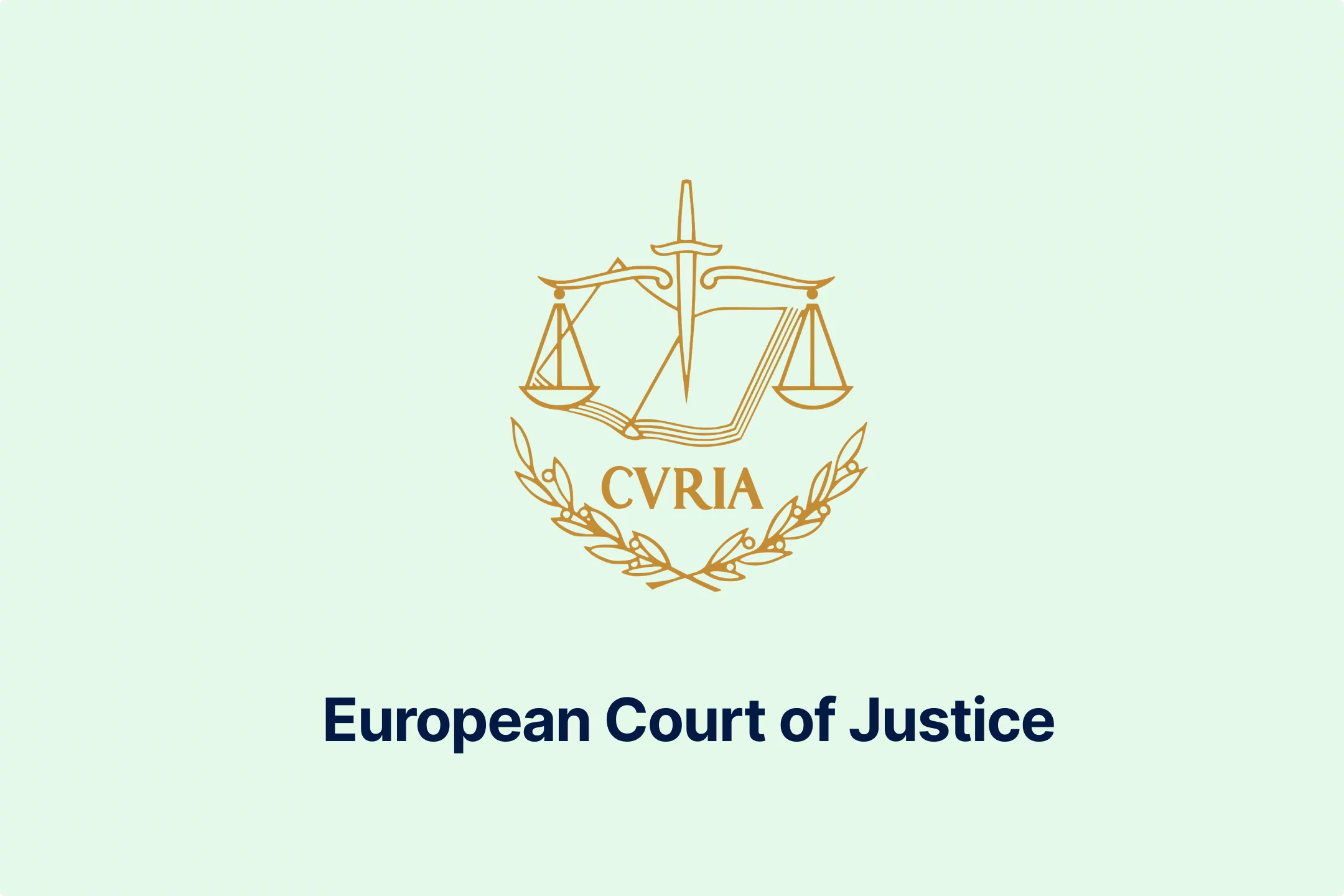
-qseaw5zmcy.webp)
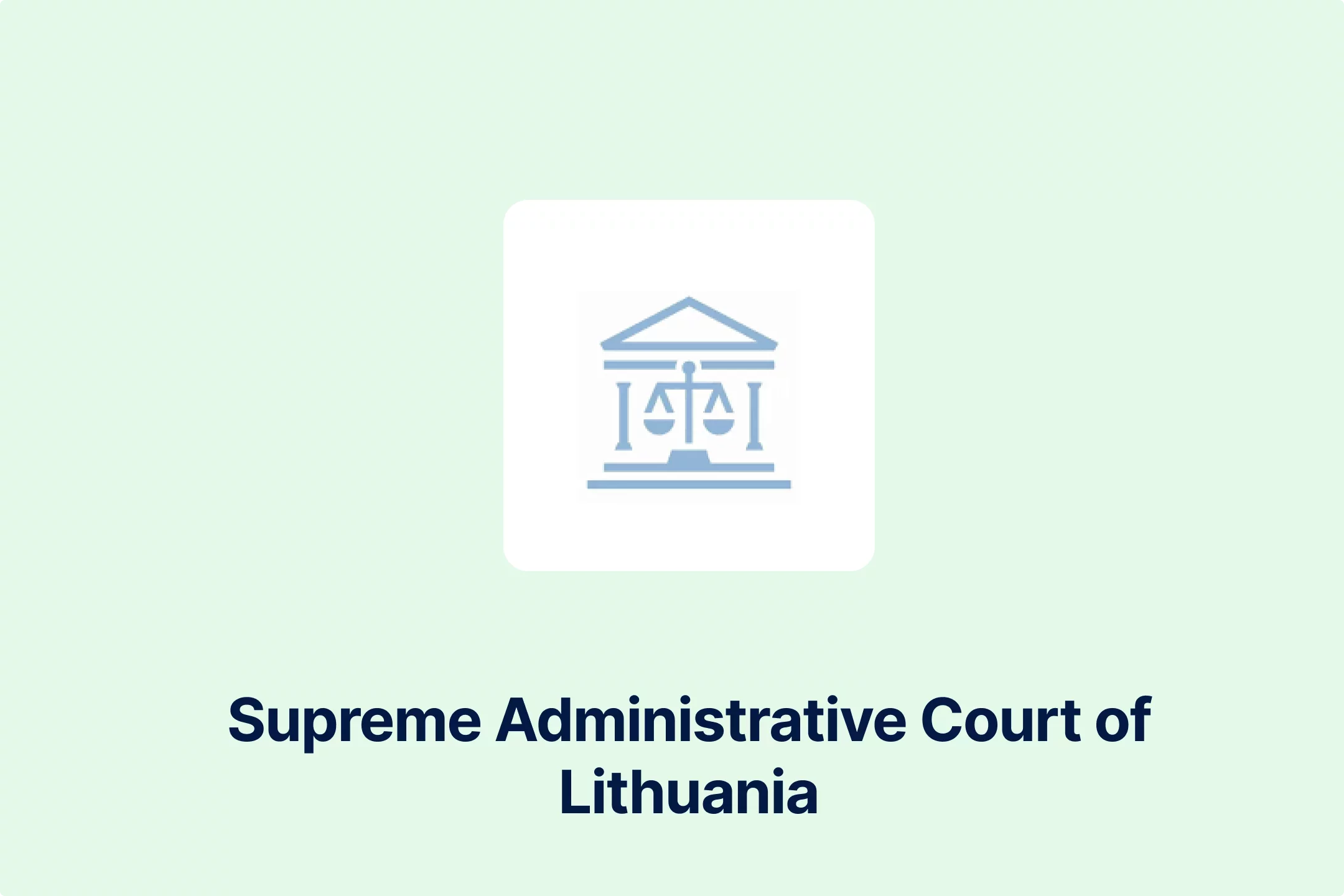


-qzsah2ifqx.webp)
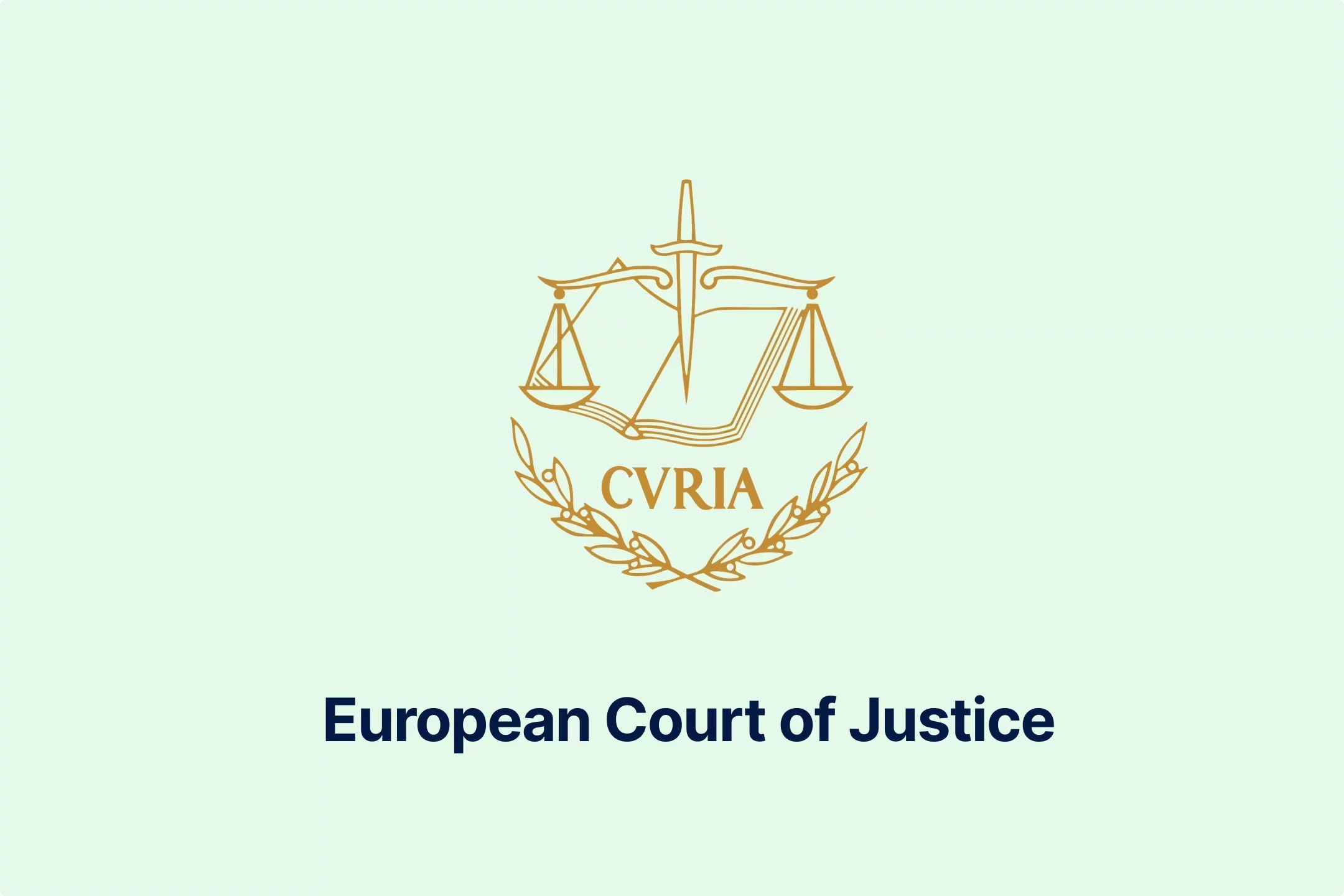
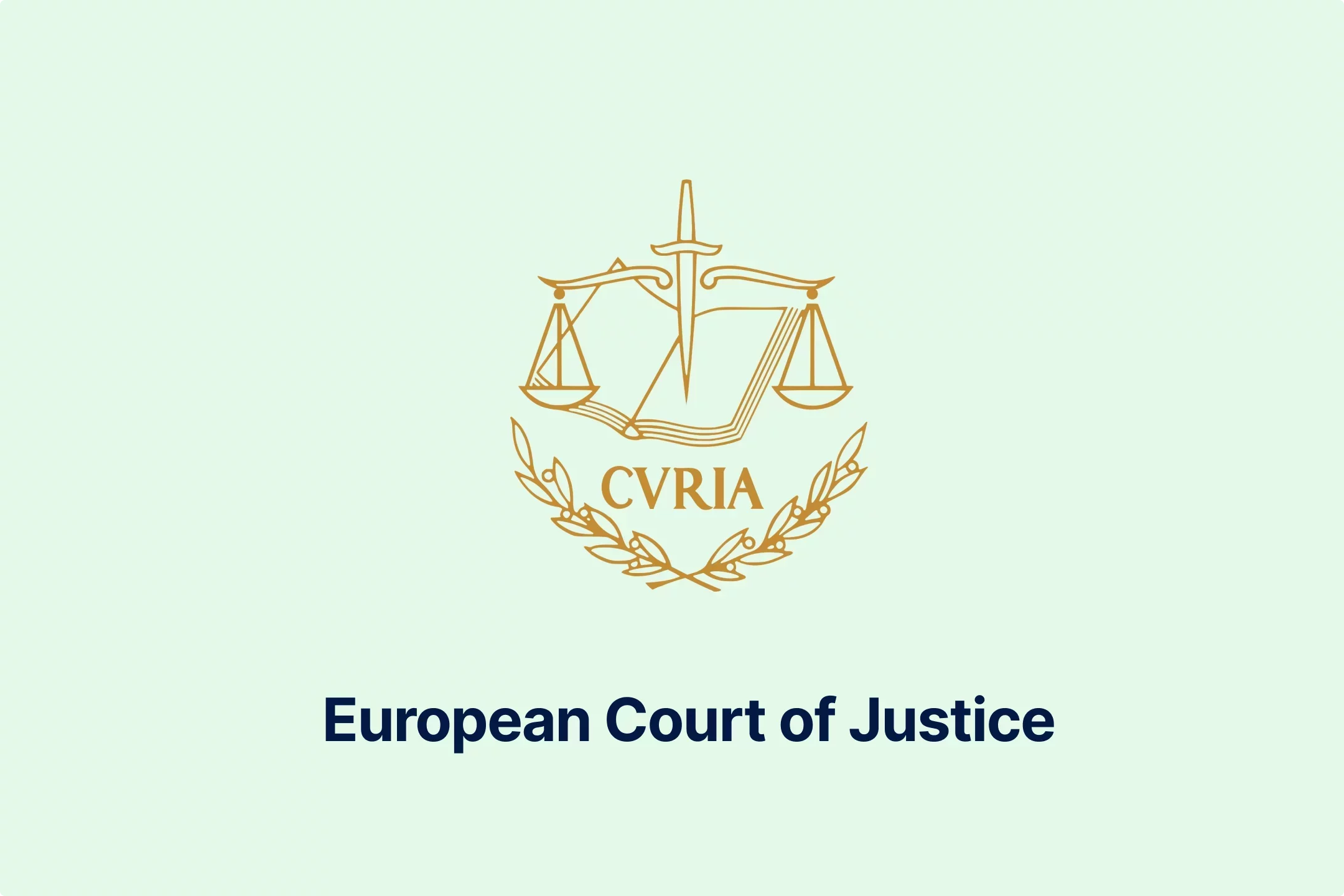
-69rzooghib.webp)
-wrvng98m0g.webp)
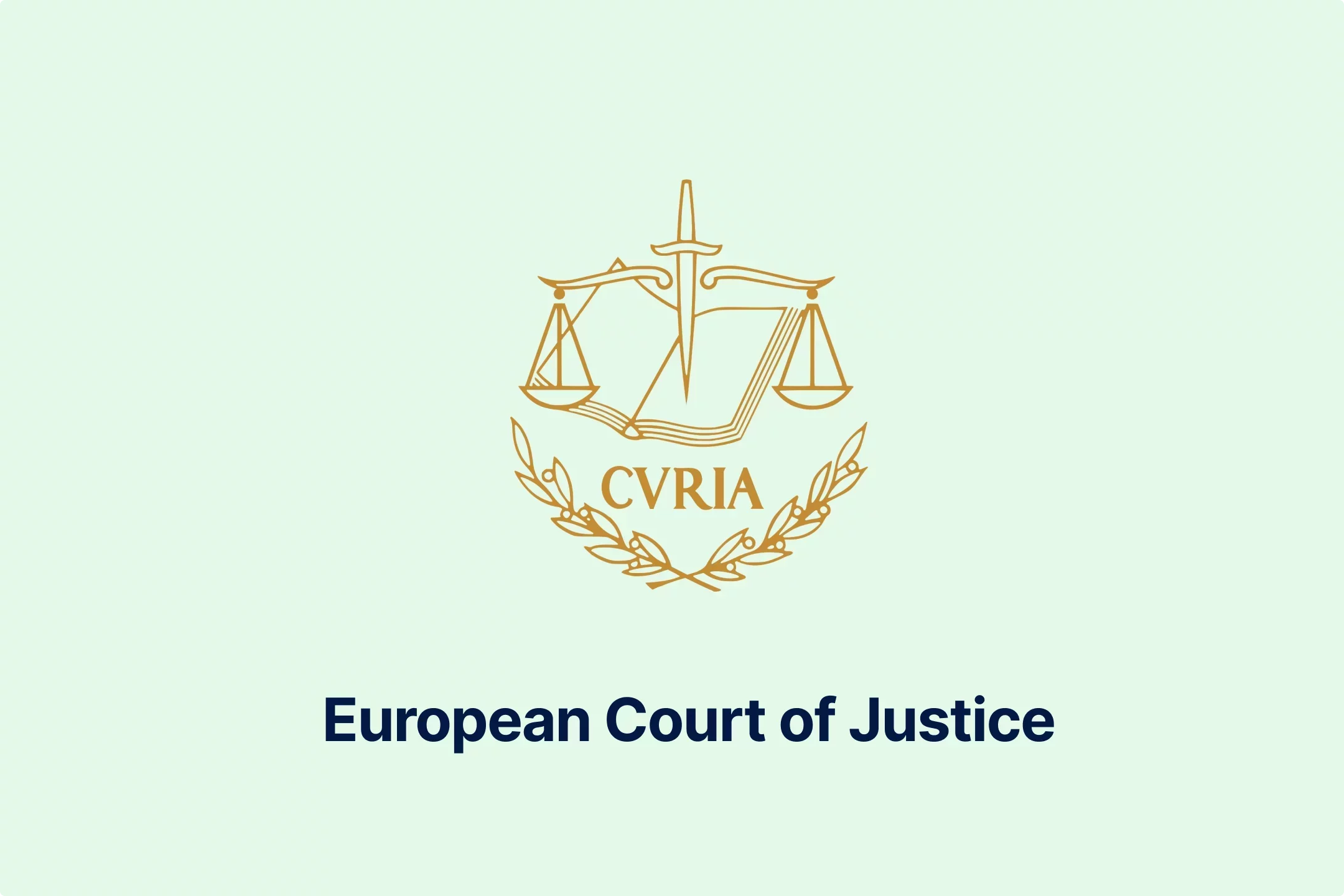
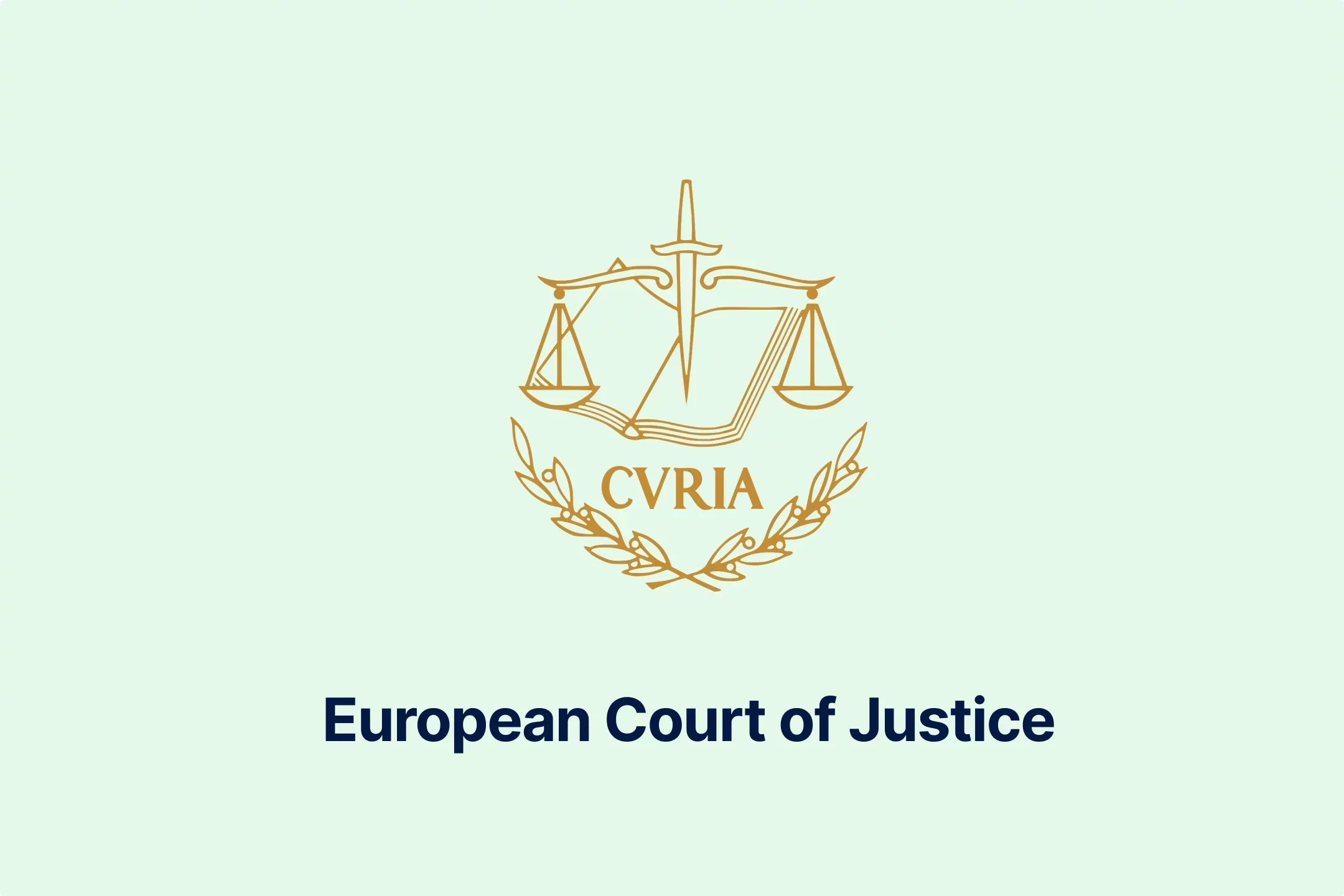
-psucycuxh2.webp)
-klyo8bn5lc.webp)



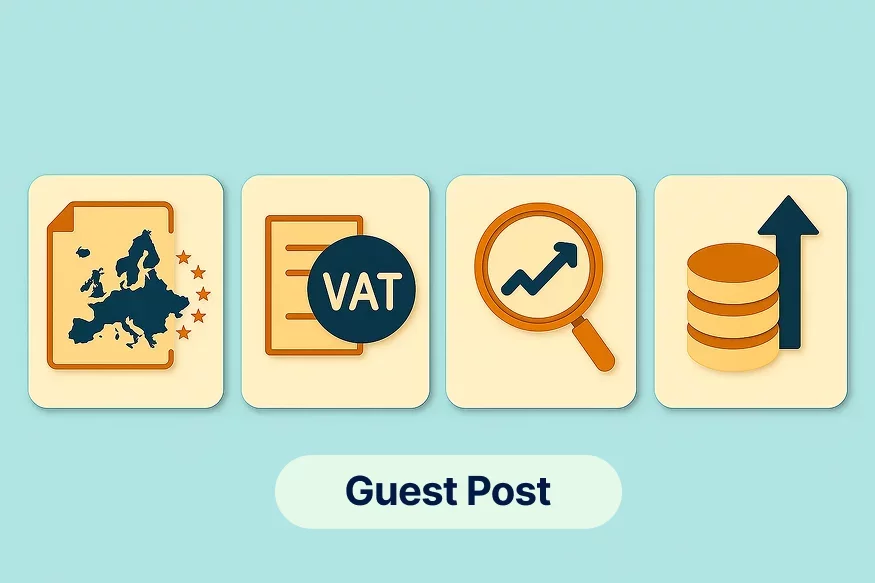
-6wv5h5eyyd.webp)
-tfgg78rbid.webp)
-a6jpv9ny8v.webp)
-qhdbapy0qr.webp)
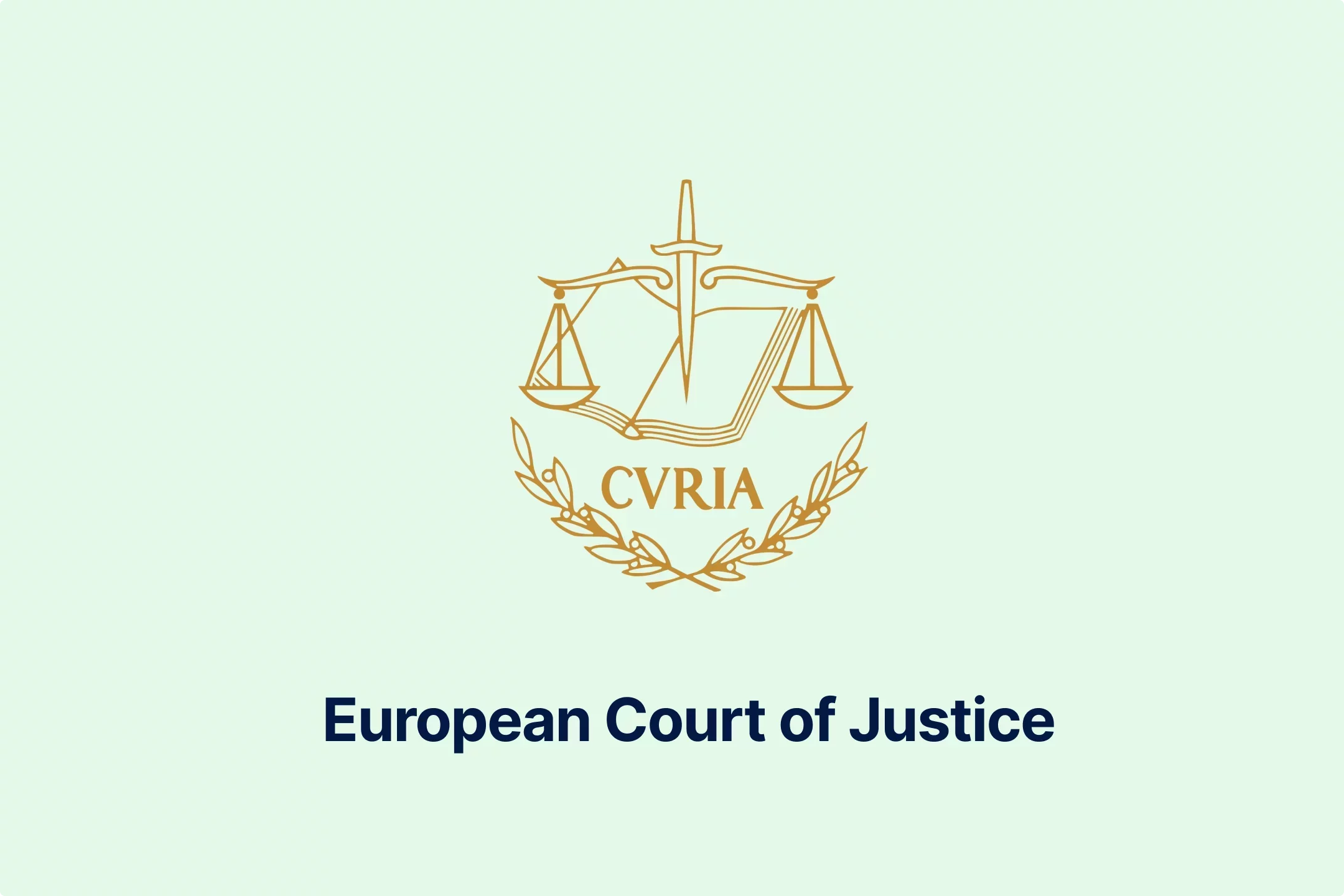
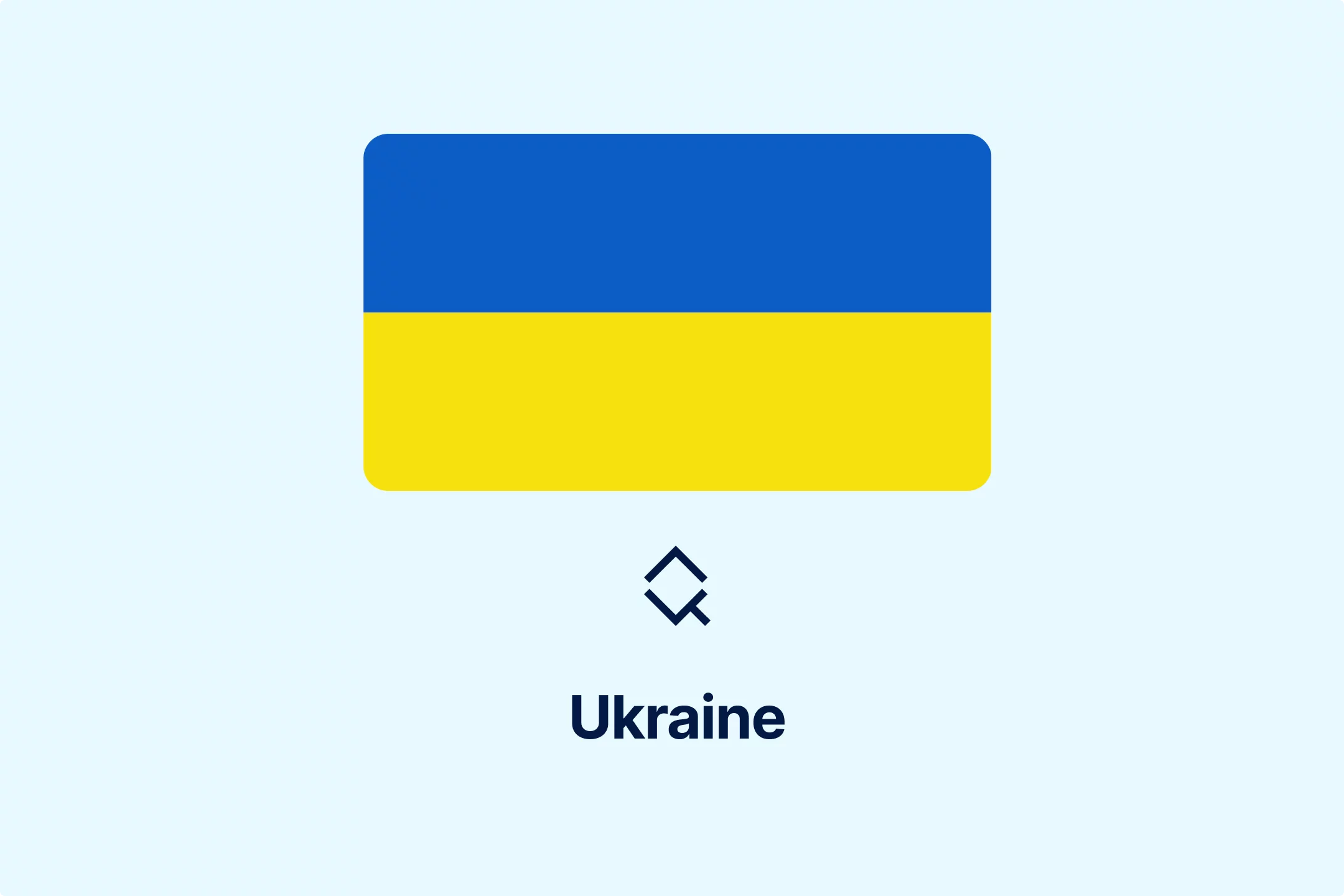
-owvu7zoc13.webp)
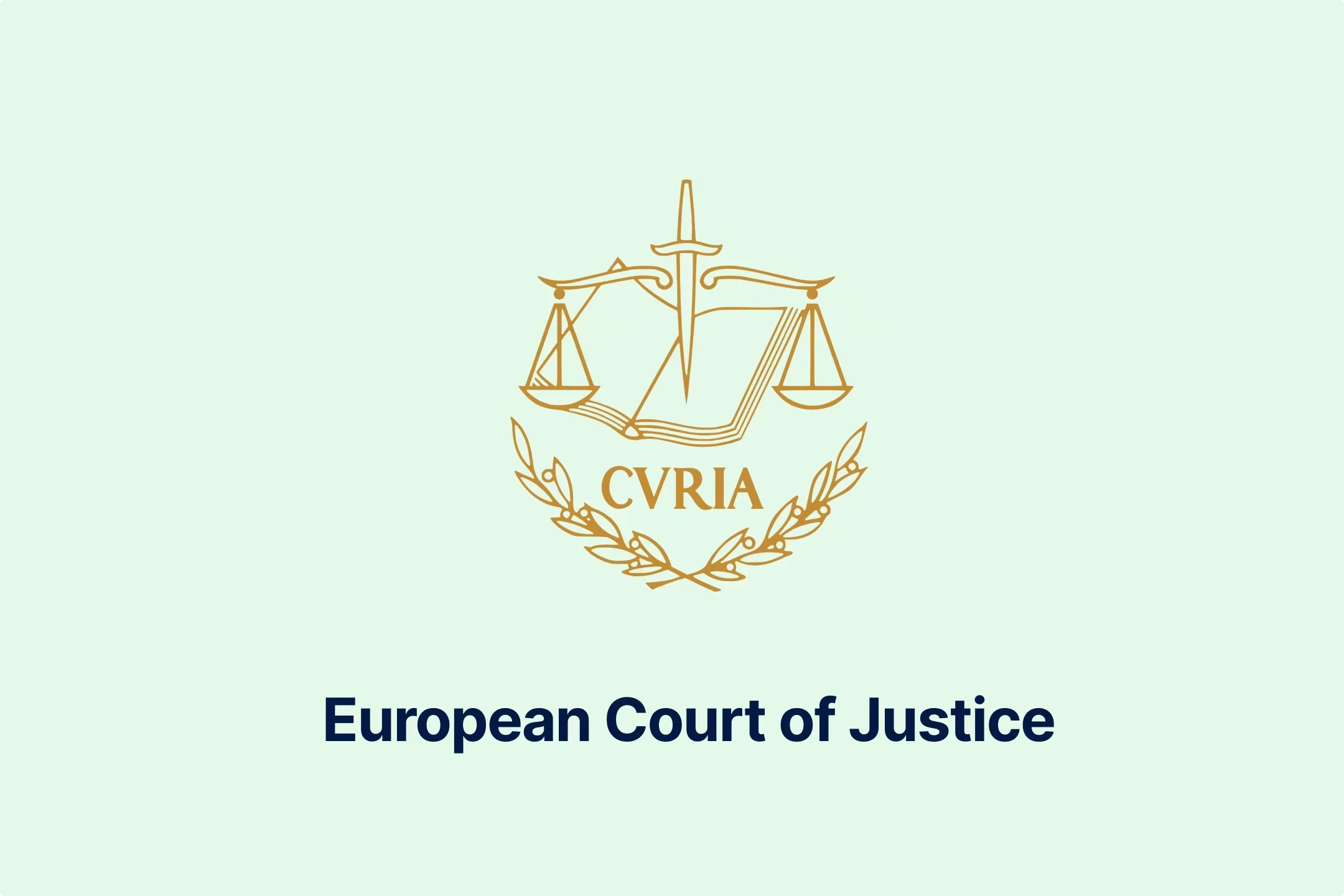

-h28jrh1ukm.webp)
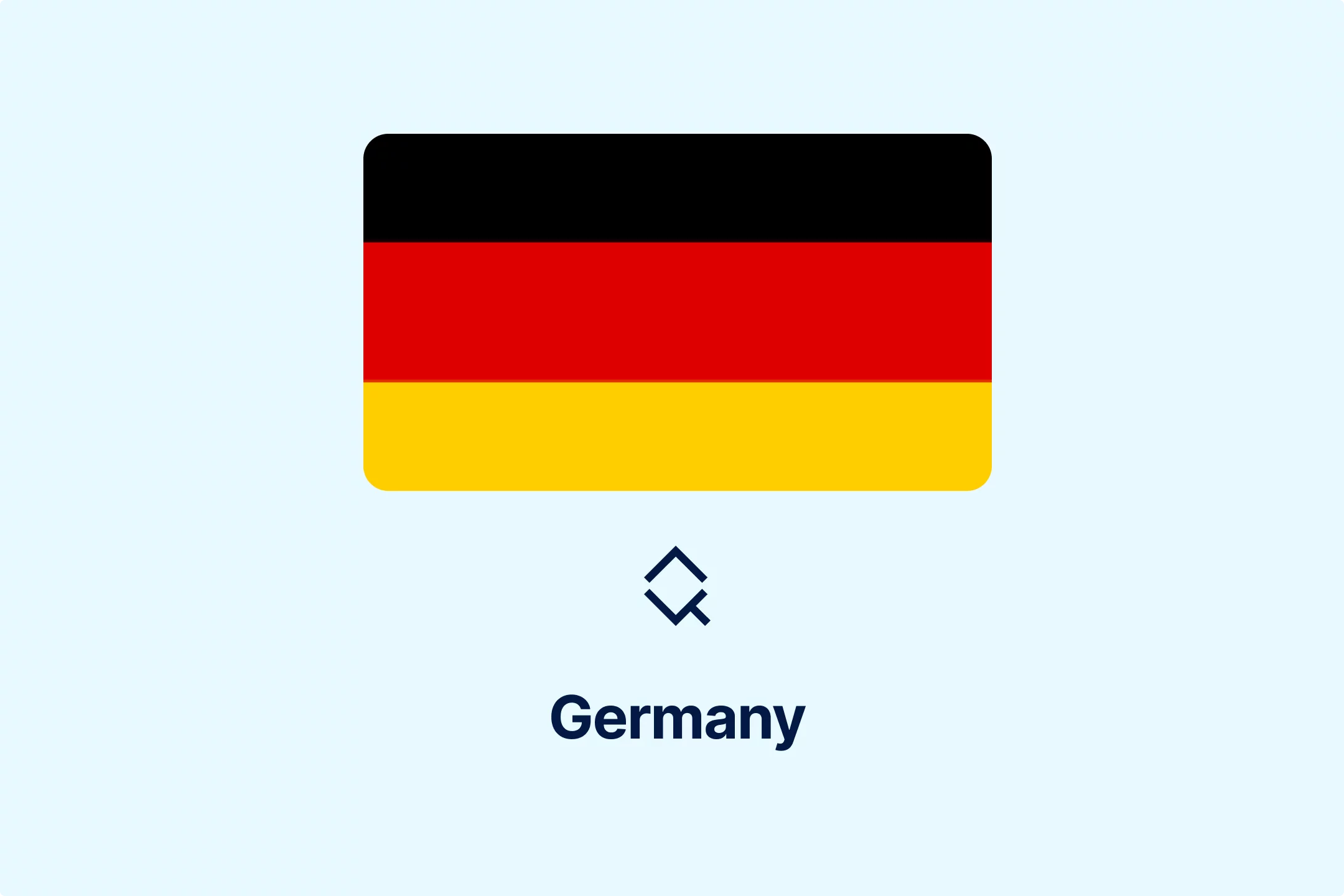
-wl9bl1rw3a.webp)
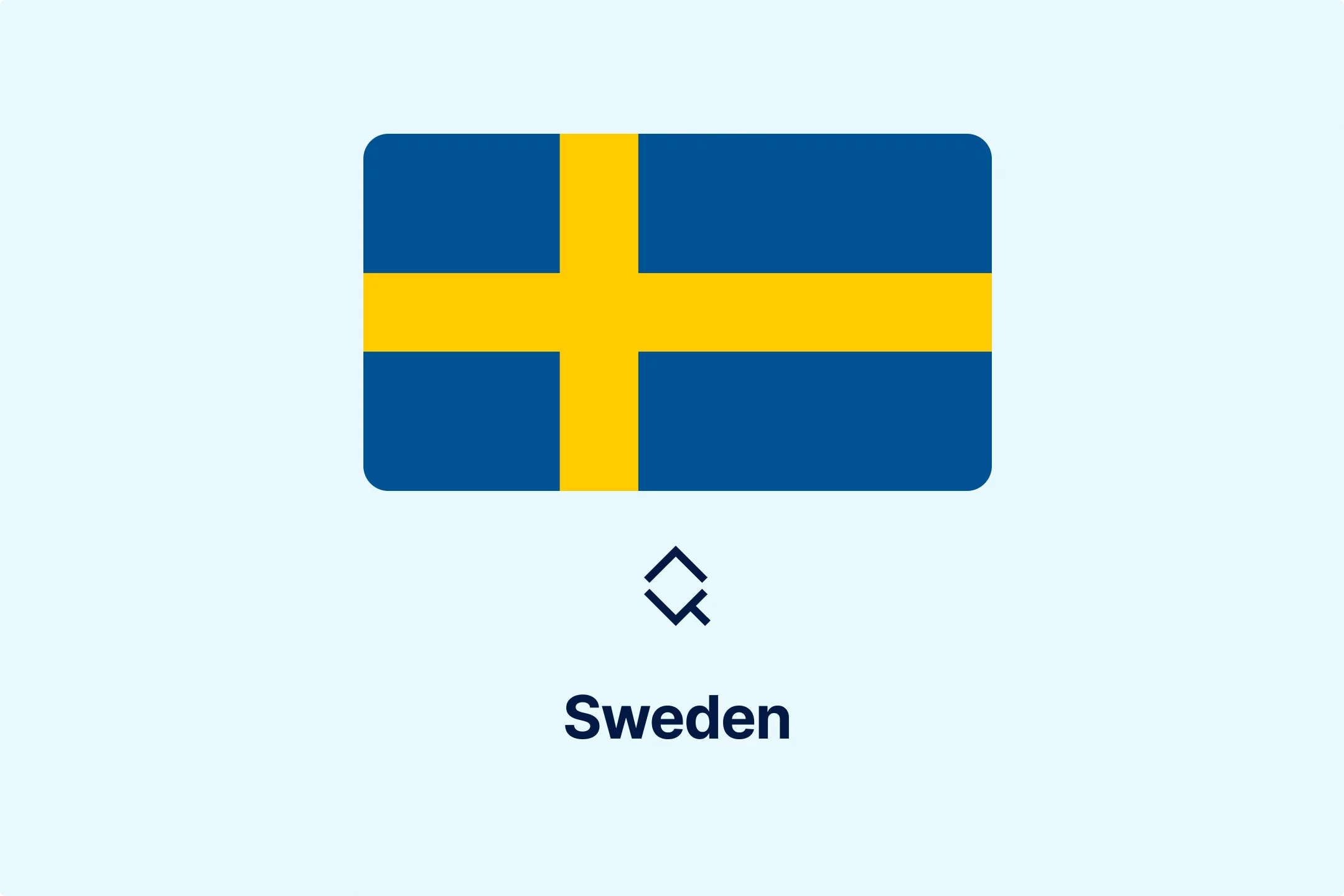
-2w76jtvtuk.webp)
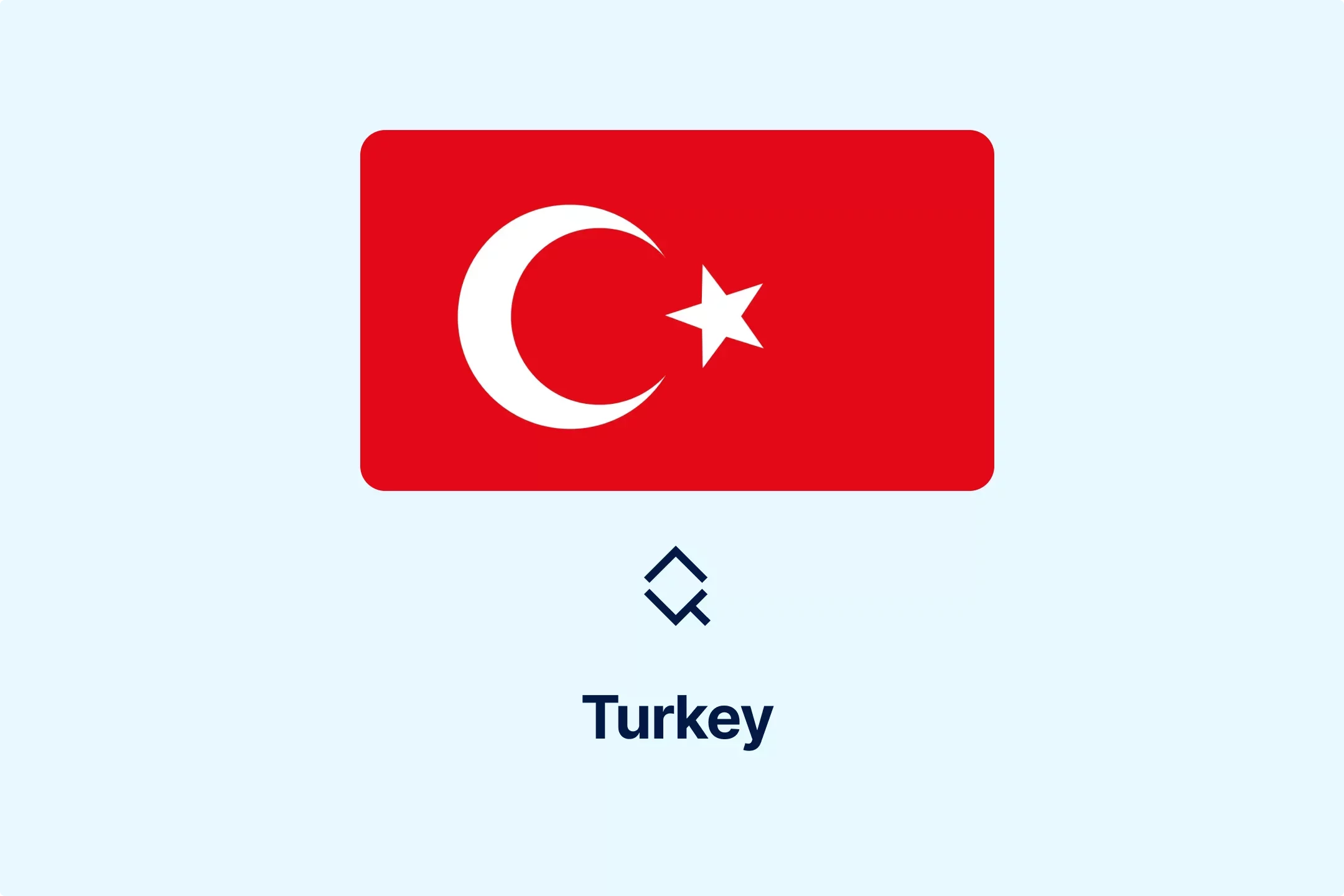
-c0uvrmrq9j.webp)
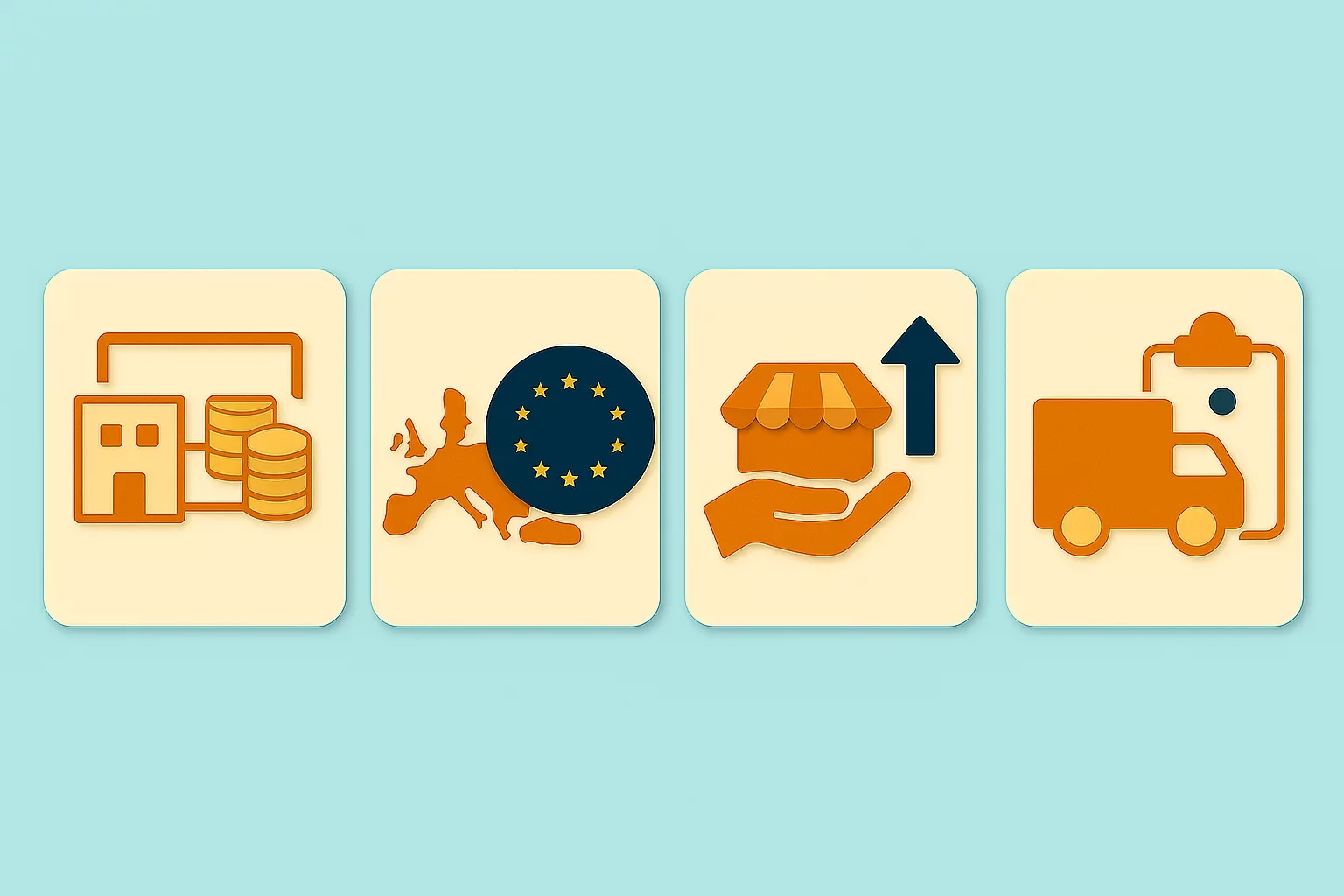
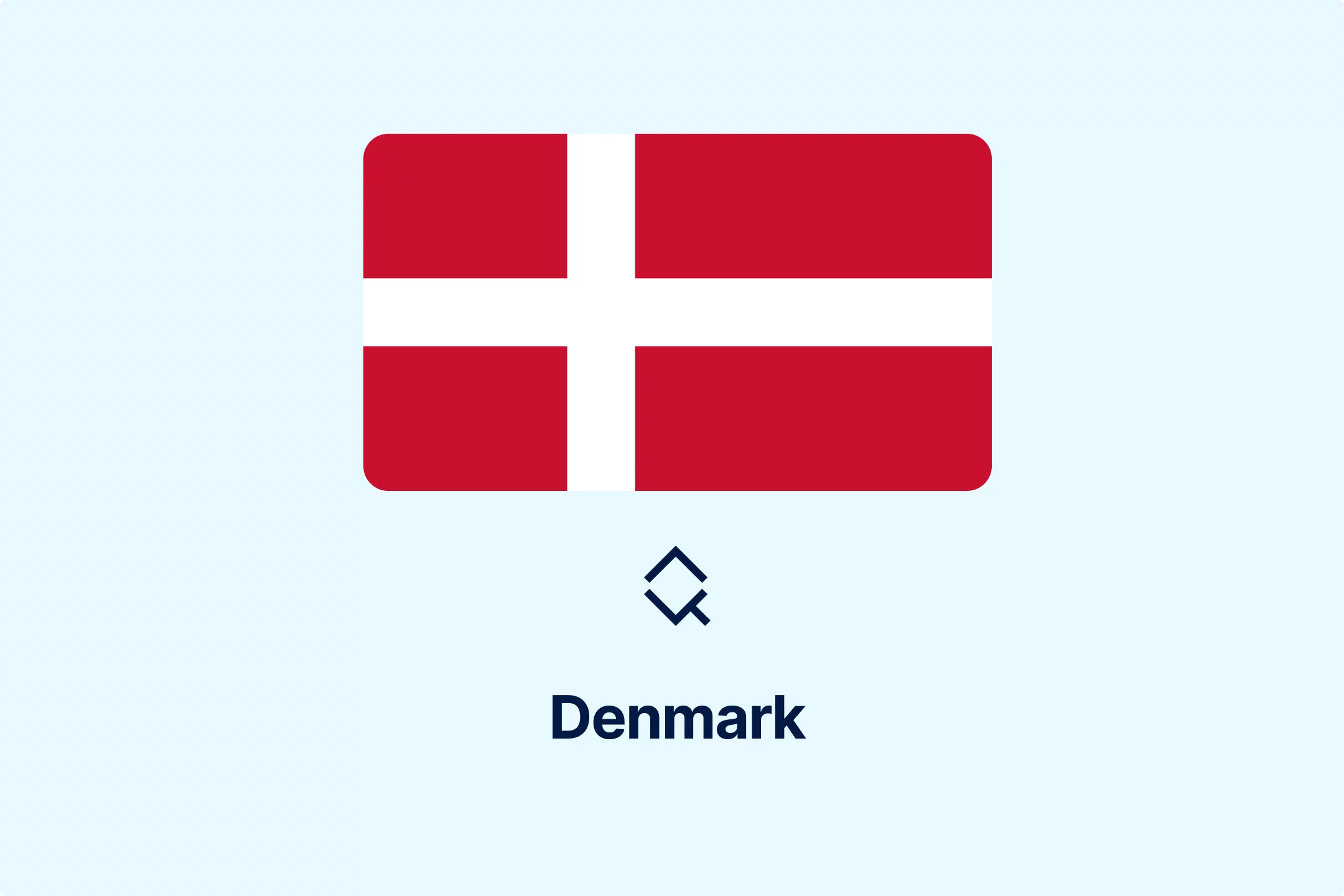
-pofe7ucwz3.webp)
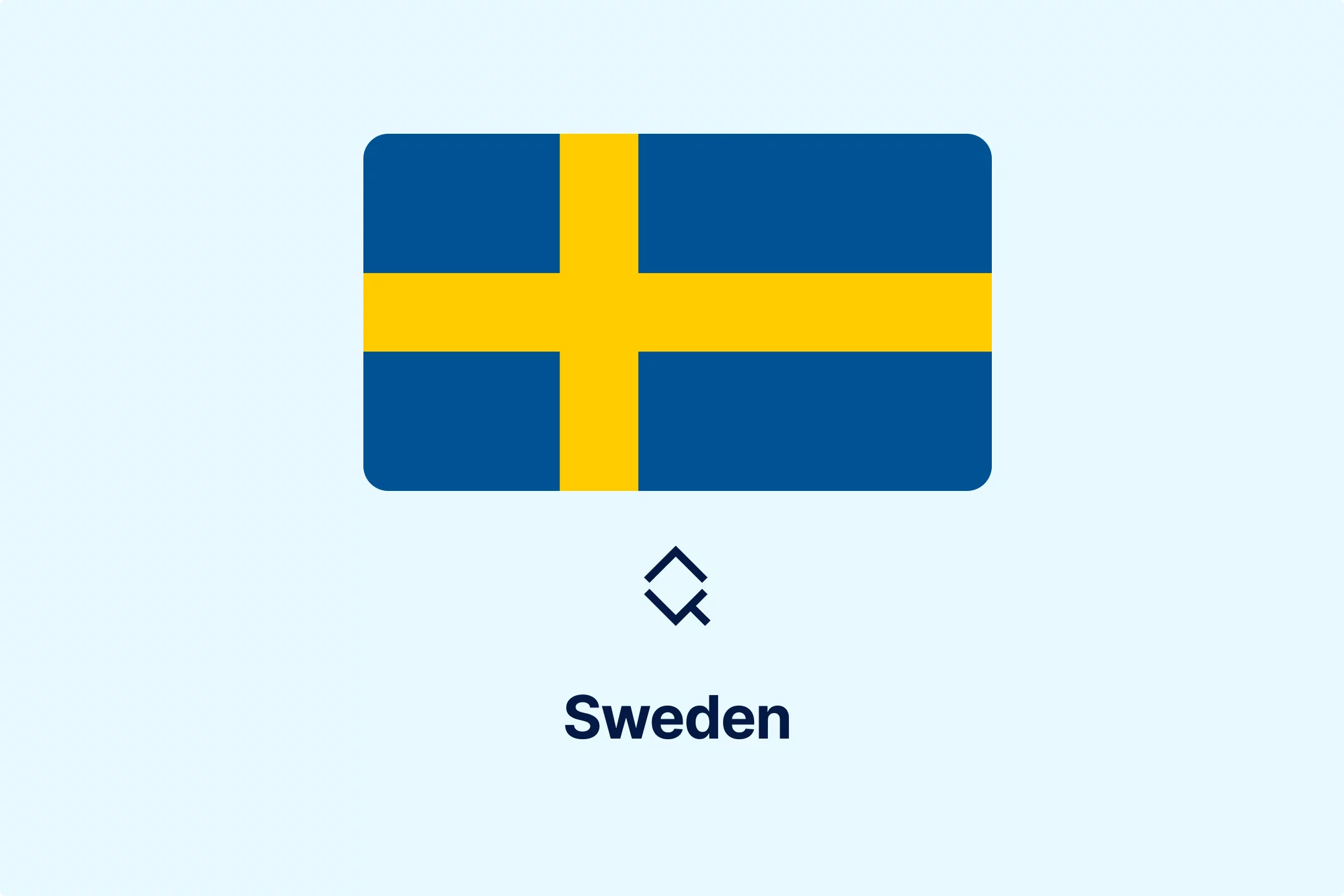

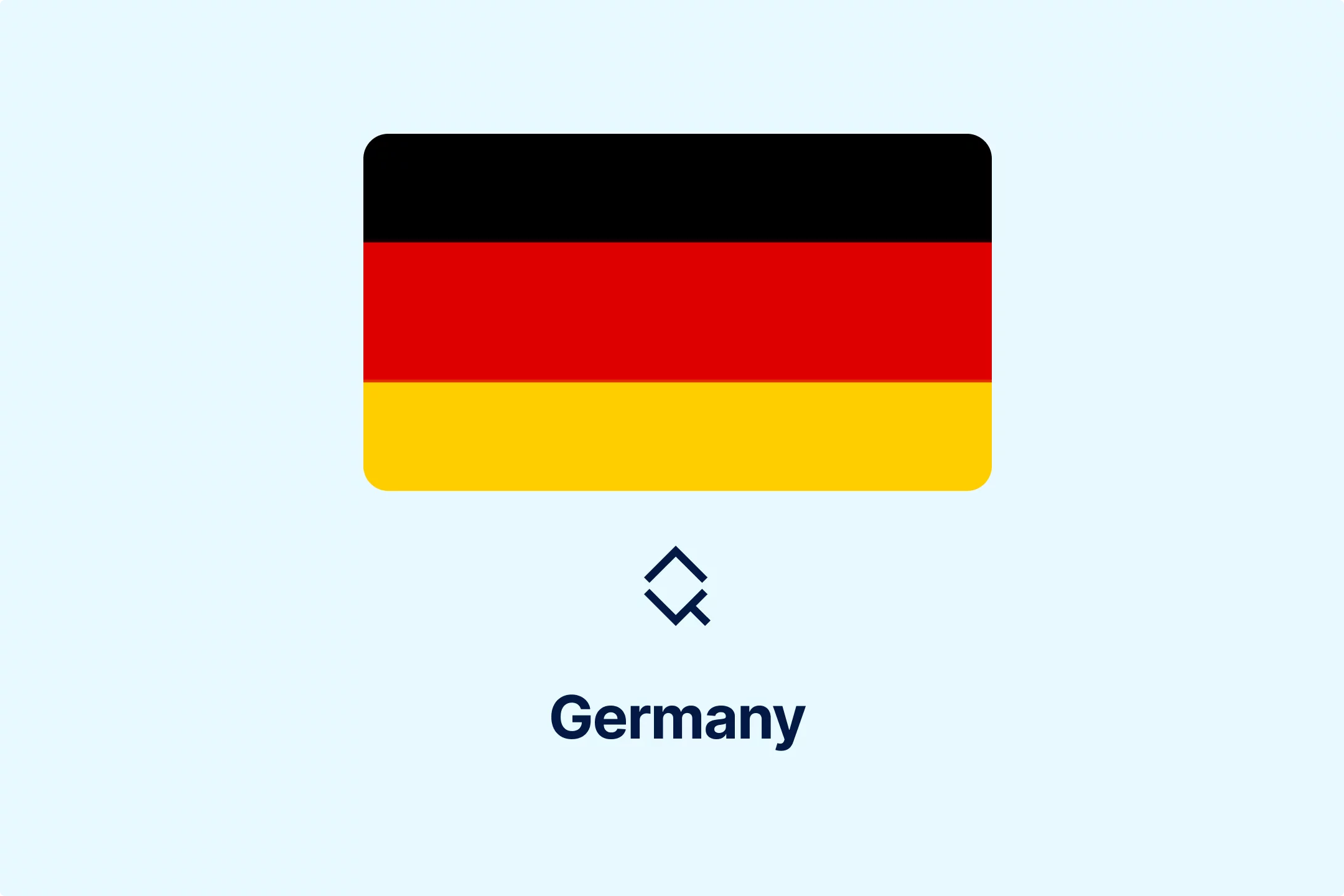
-5cc23ezxyf.webp)
-rrmabbekeb.webp)
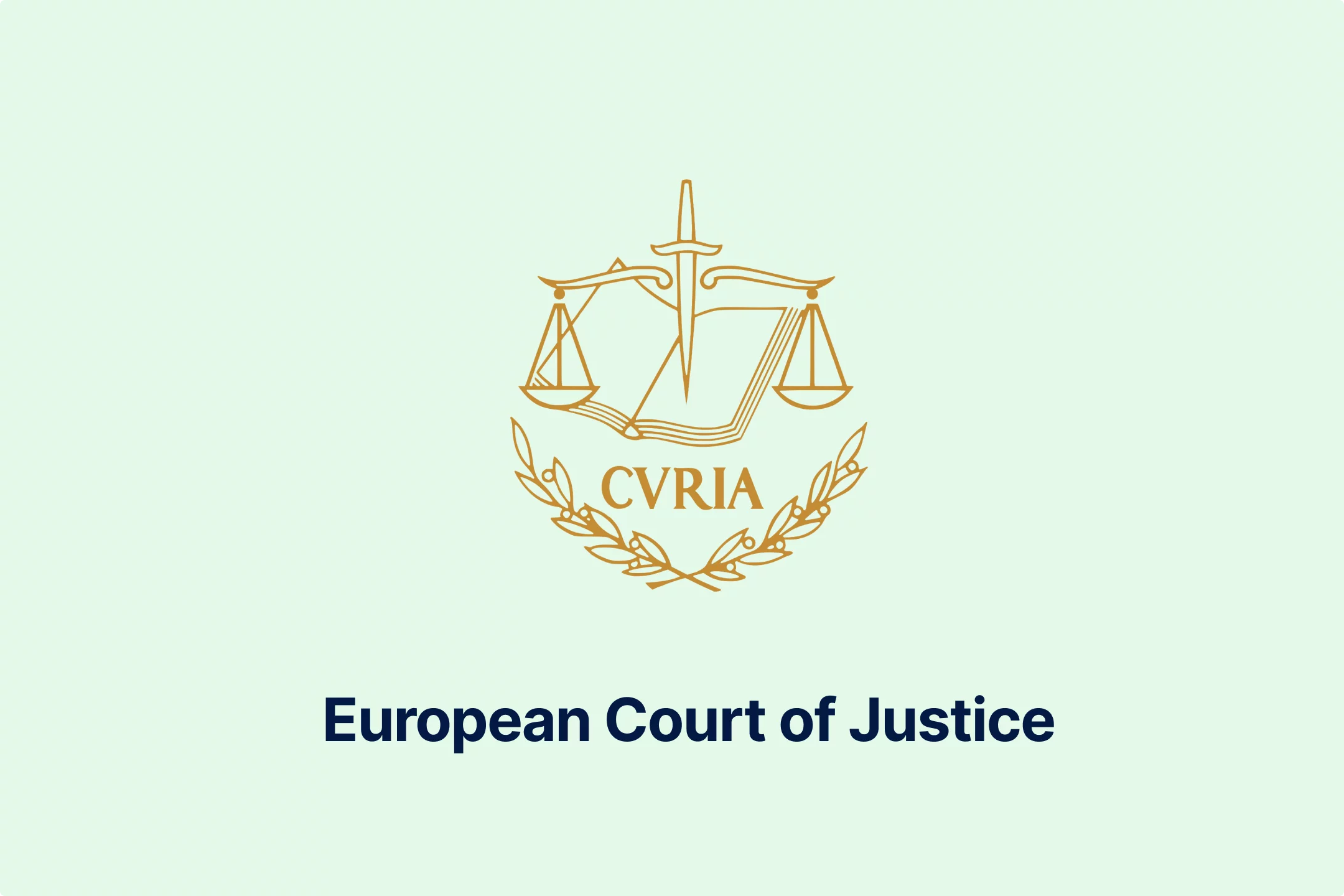
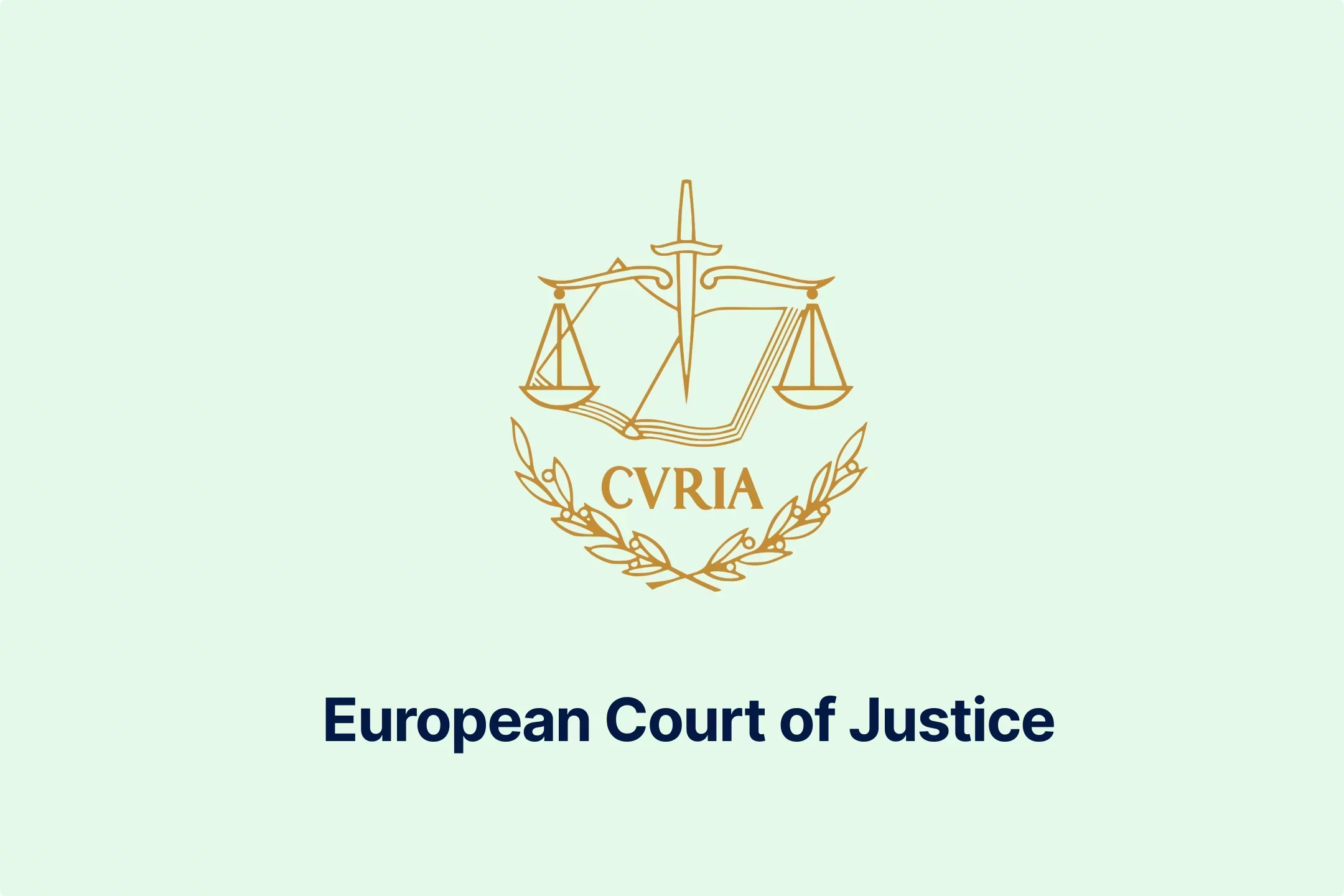
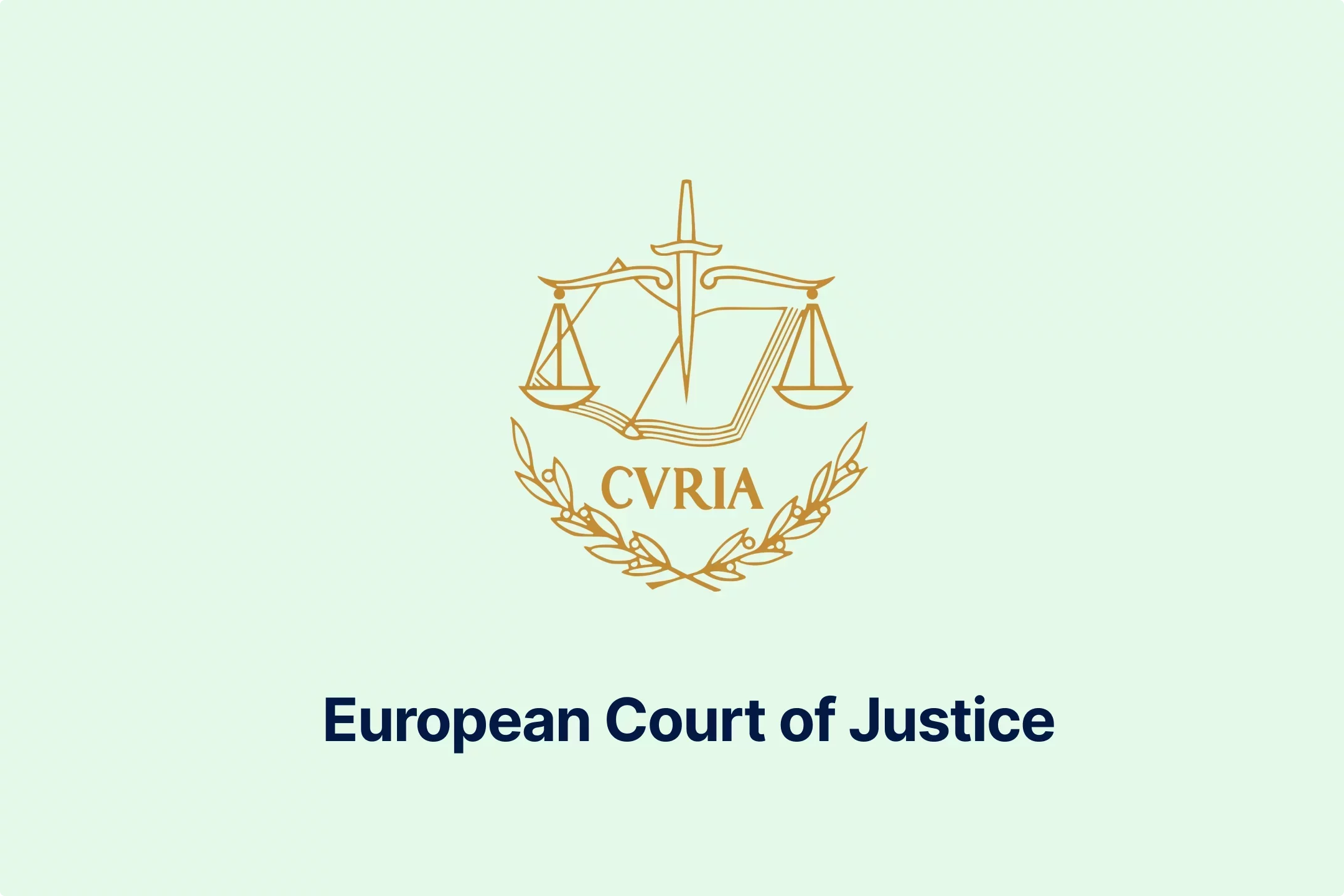
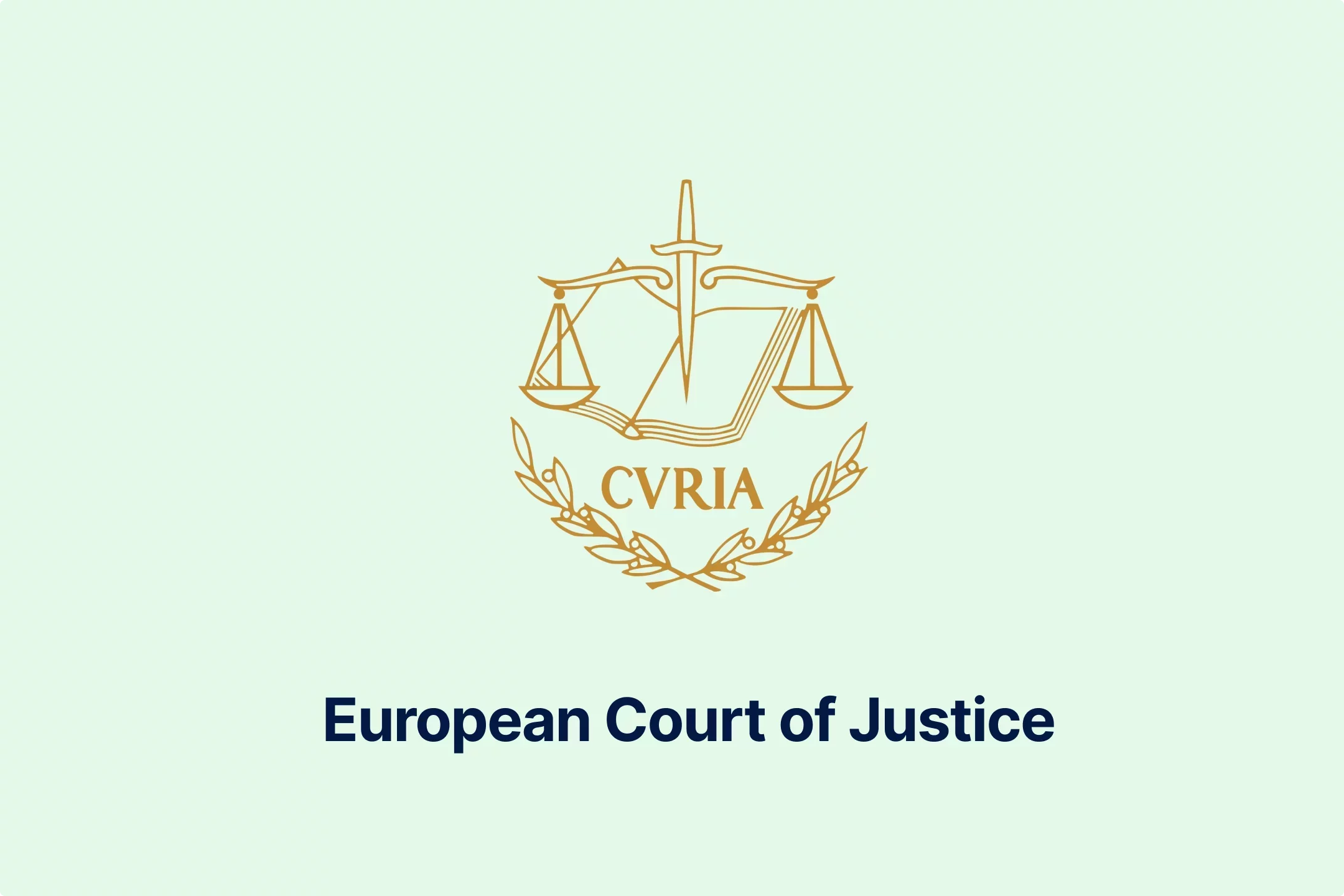
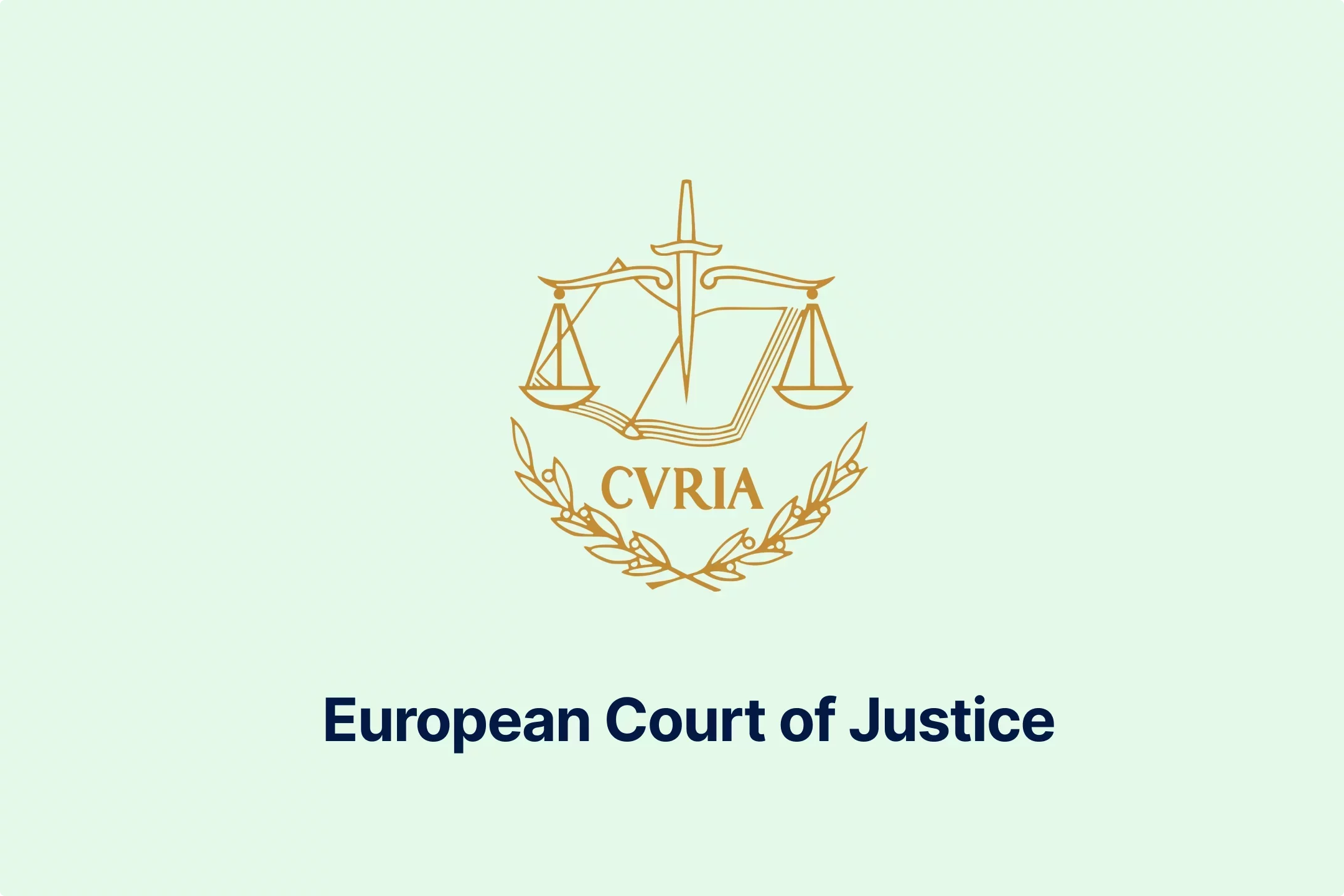


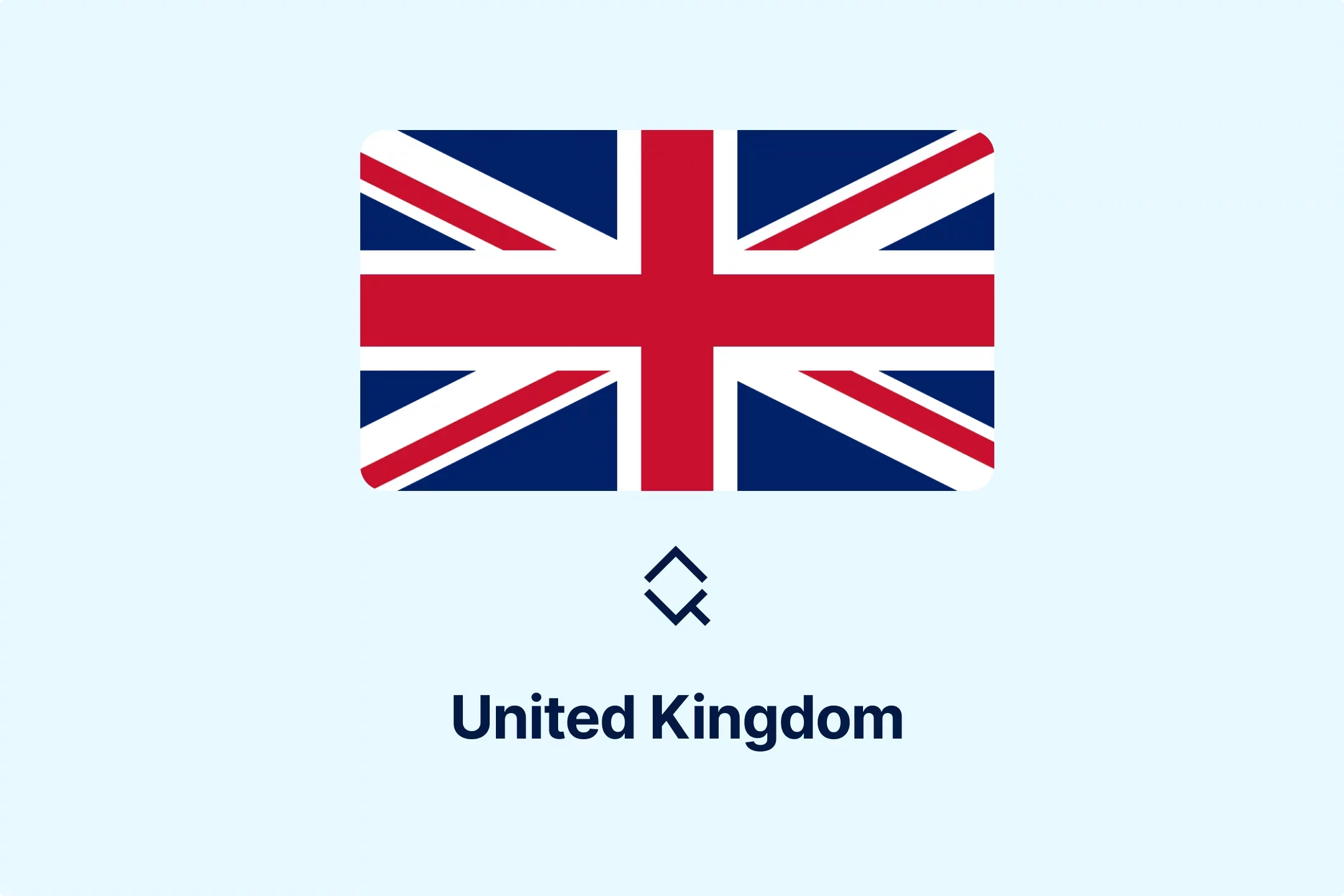
-iyyeiabtaf.webp)
-c8rbjkcs01.webp)
-nilkffjhah.webp)
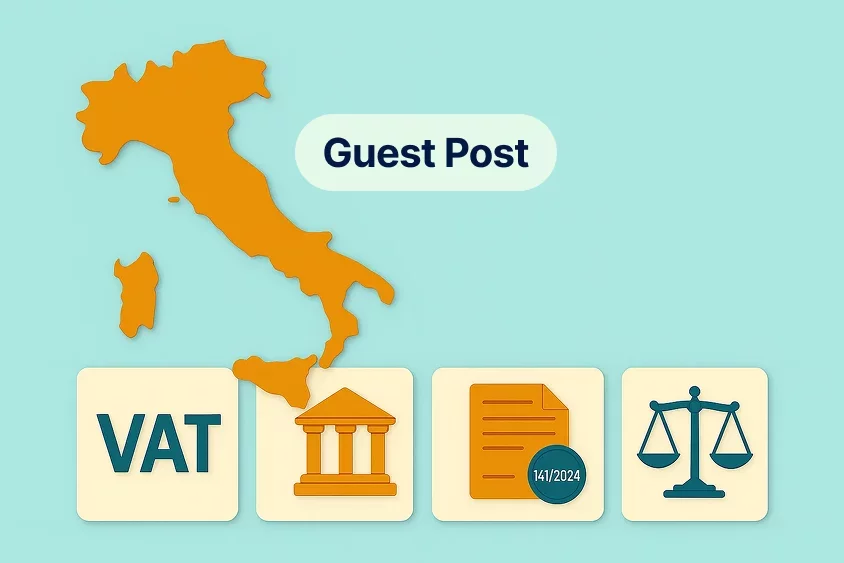
-hikakq55ae.webp)
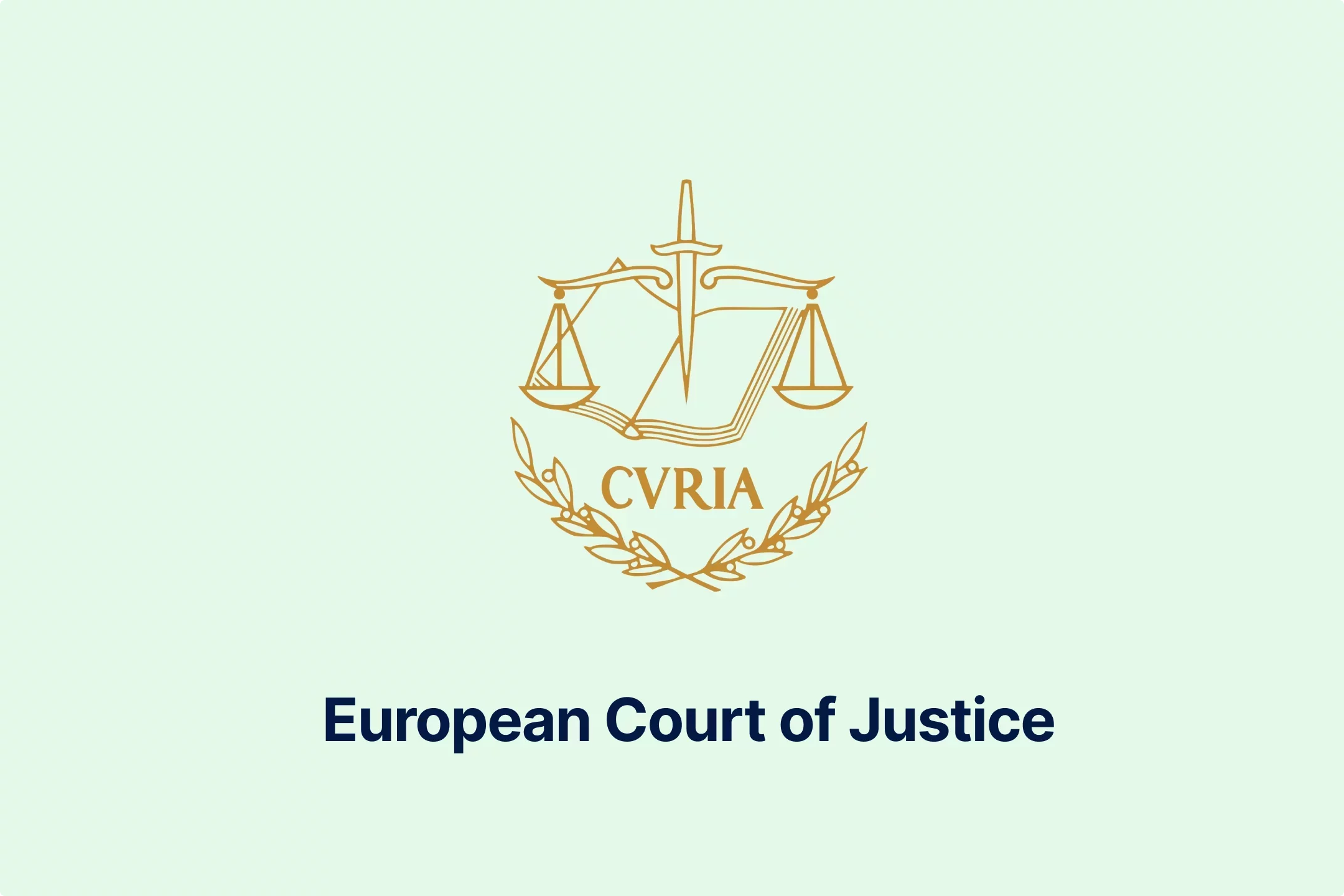
-z1d60bldtg.webp)
-d1a0q6n7mp.webp)
-viip8nvoeh.webp)
-bvv1otliox.webp)
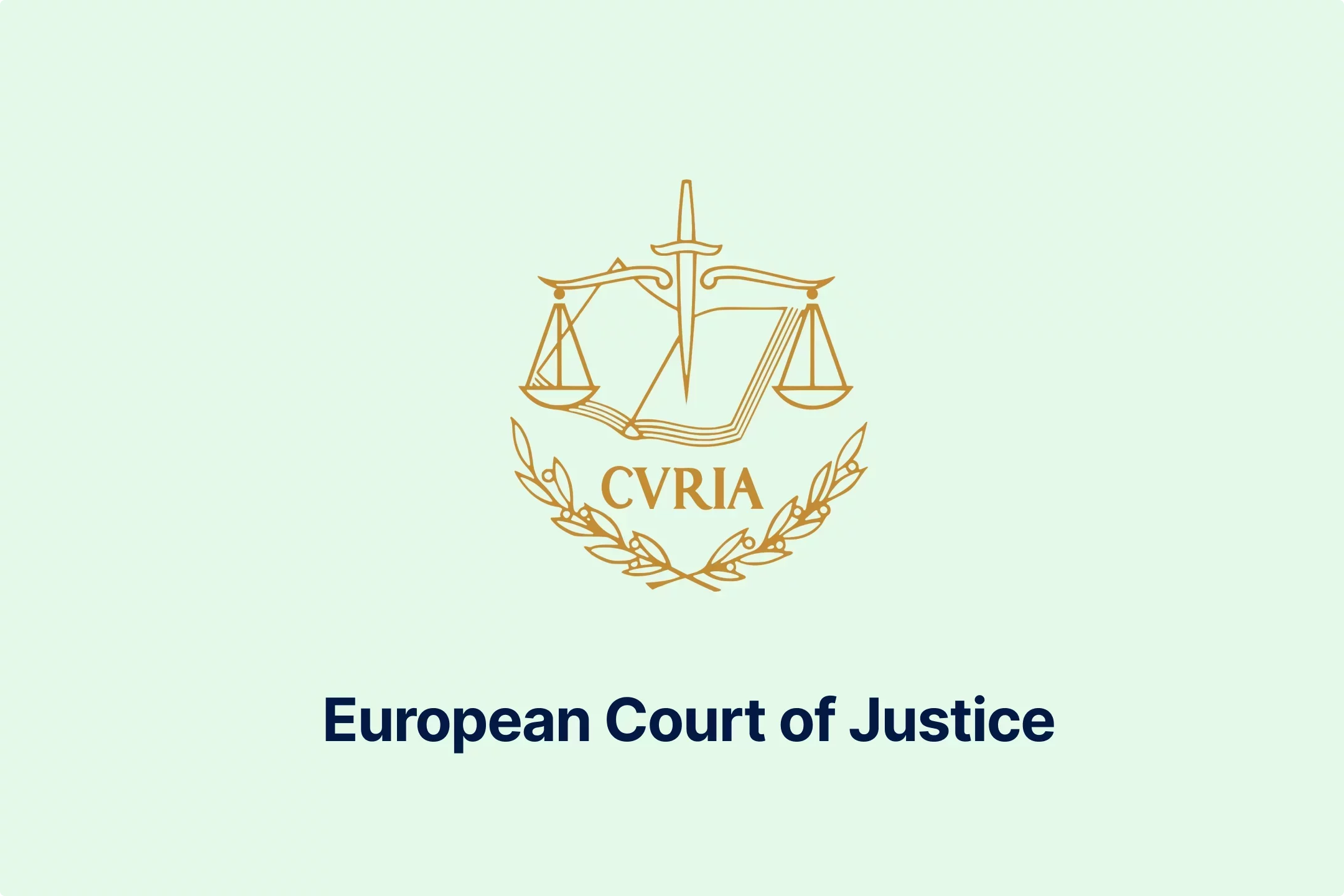
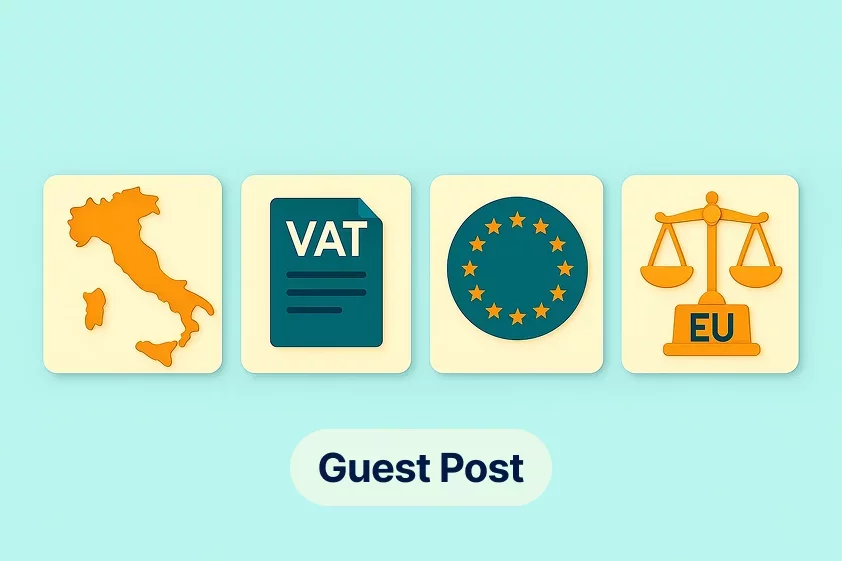
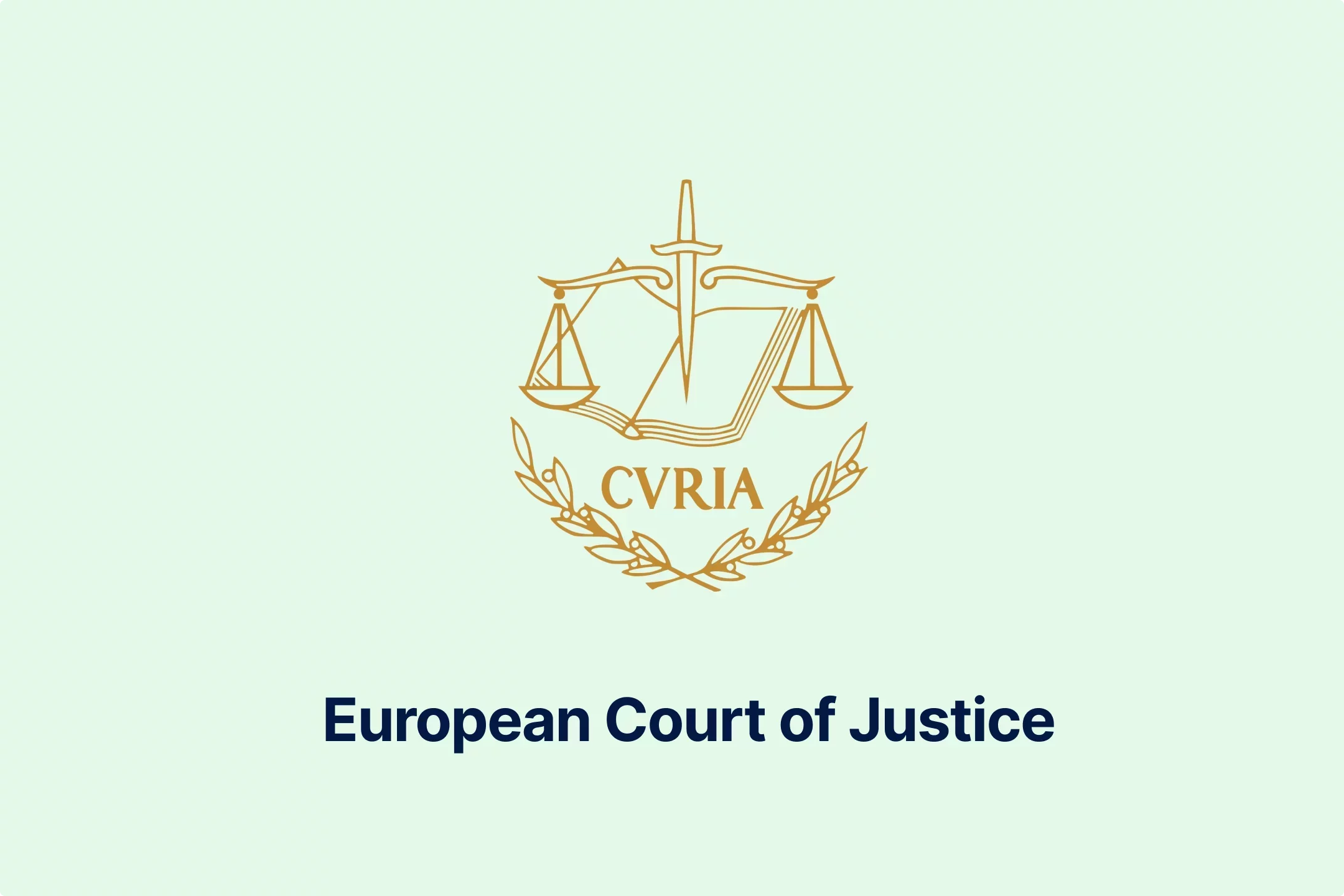
-de8hdb1bn3.webp)
-7xsxxoypnx.webp)
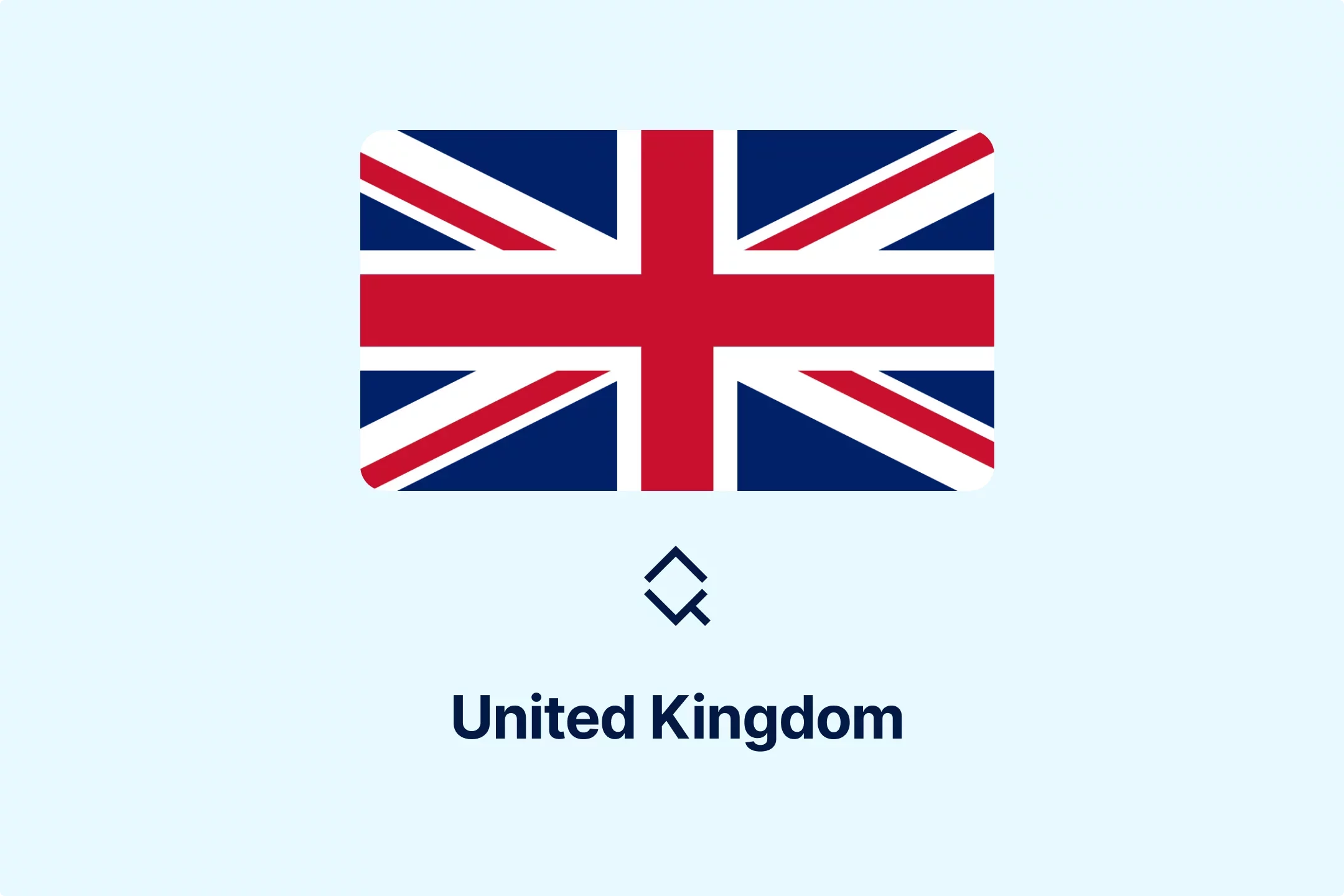
-cm0opezg73.webp)
-0tovsdupmi.webp)
-subxdamdj6.webp)
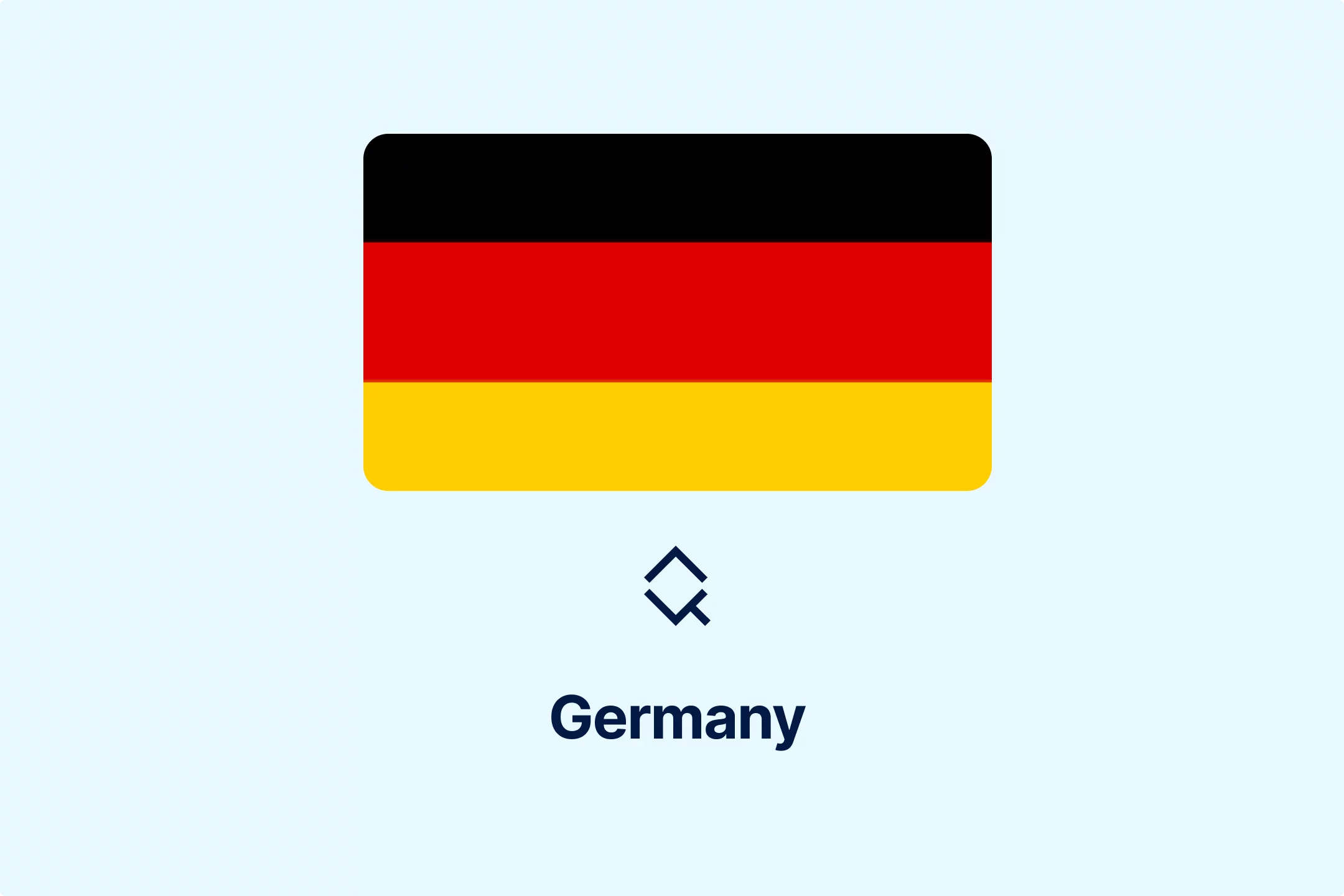
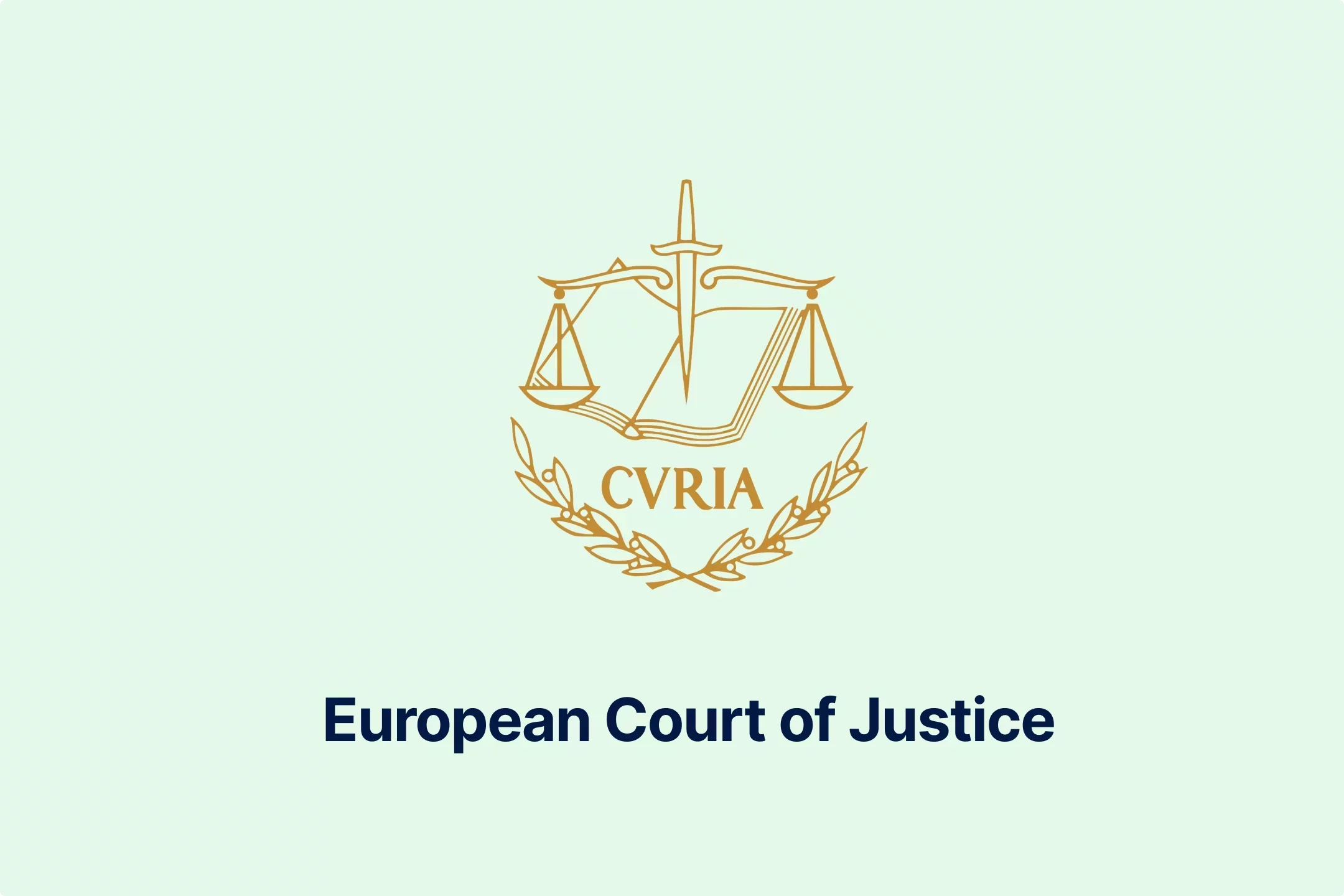
-gly6ablwnh.webp)
-gkduqhwbzh.webp)
-qpe1ld9vcj.webp)
-8noukwsmba.webp)
-aka29tuhkt.webp)


-fisvs27yrp.webp)


-mp0jakanyb.webp)

-aivzsuryuq.webp)



-o7f4ogsy06.webp)

-zjja92wdje.webp)
-hrbhdts8ry.webp)
-qtdkwpgkug.webp)


-cf8ccgah0p.webp)
-0em3cif5s6.webp)





-ptzesl0kij.webp)

-tfzv42pyms.webp)






-uodv7sfbih.webp)
-bbrdfmm9qf.webp)



-m2tl8crfqr.webp)


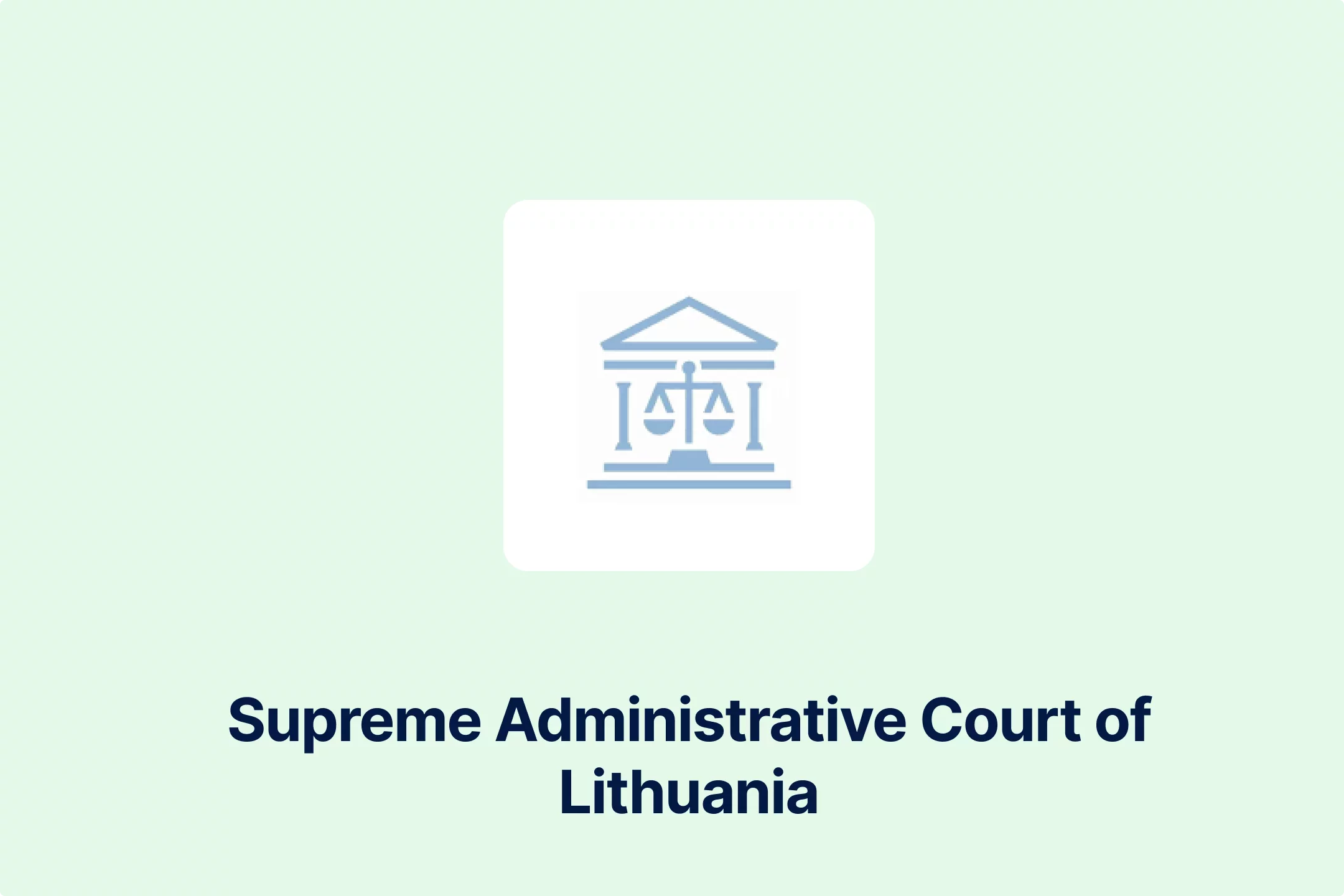

-1awbqjgpjs.webp)
-avbjsn1k1g.webp)


-0h8ohkx6s0.webp)


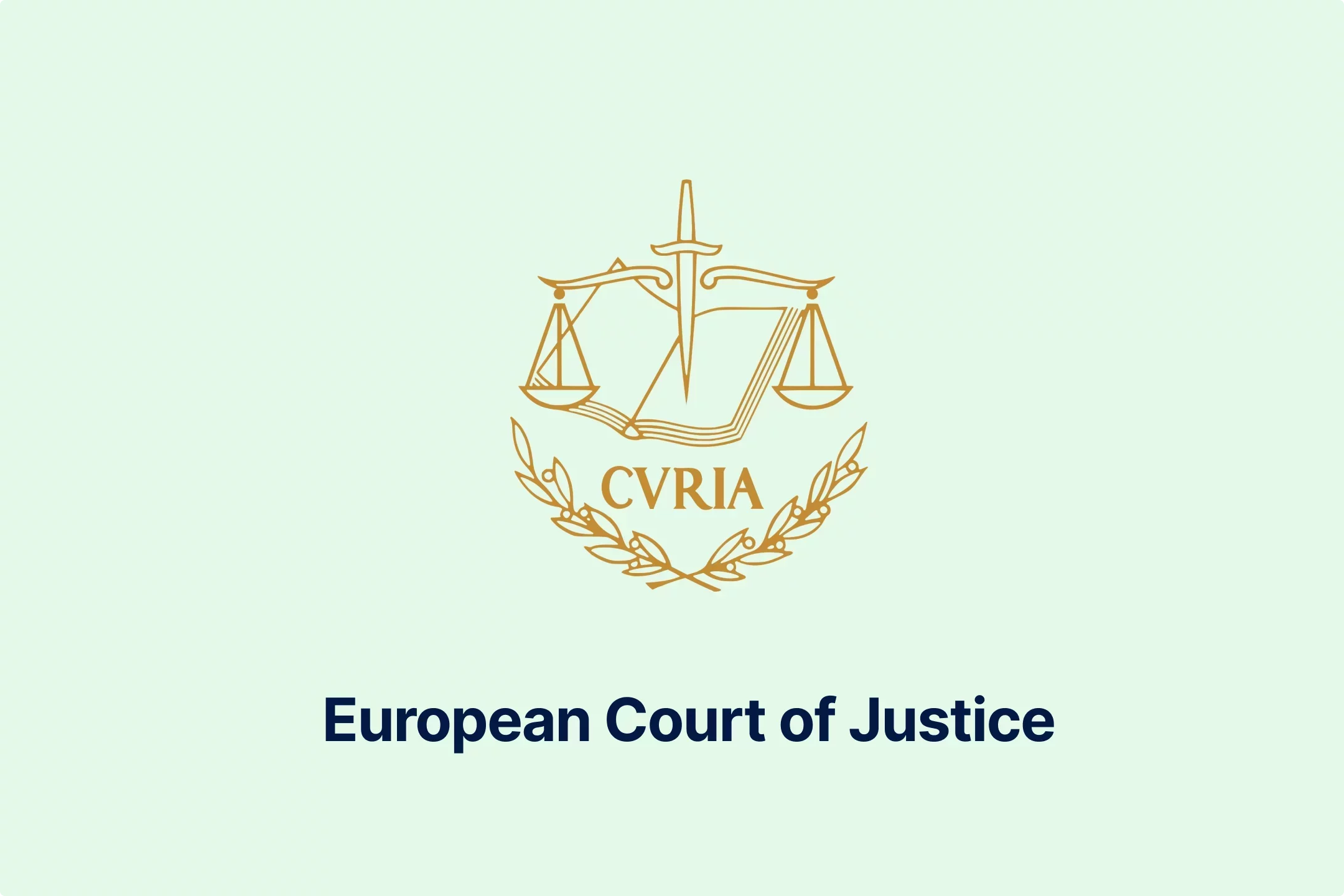
-wfmqhtc7i6.webp)
-7wljbof2zo.webp)
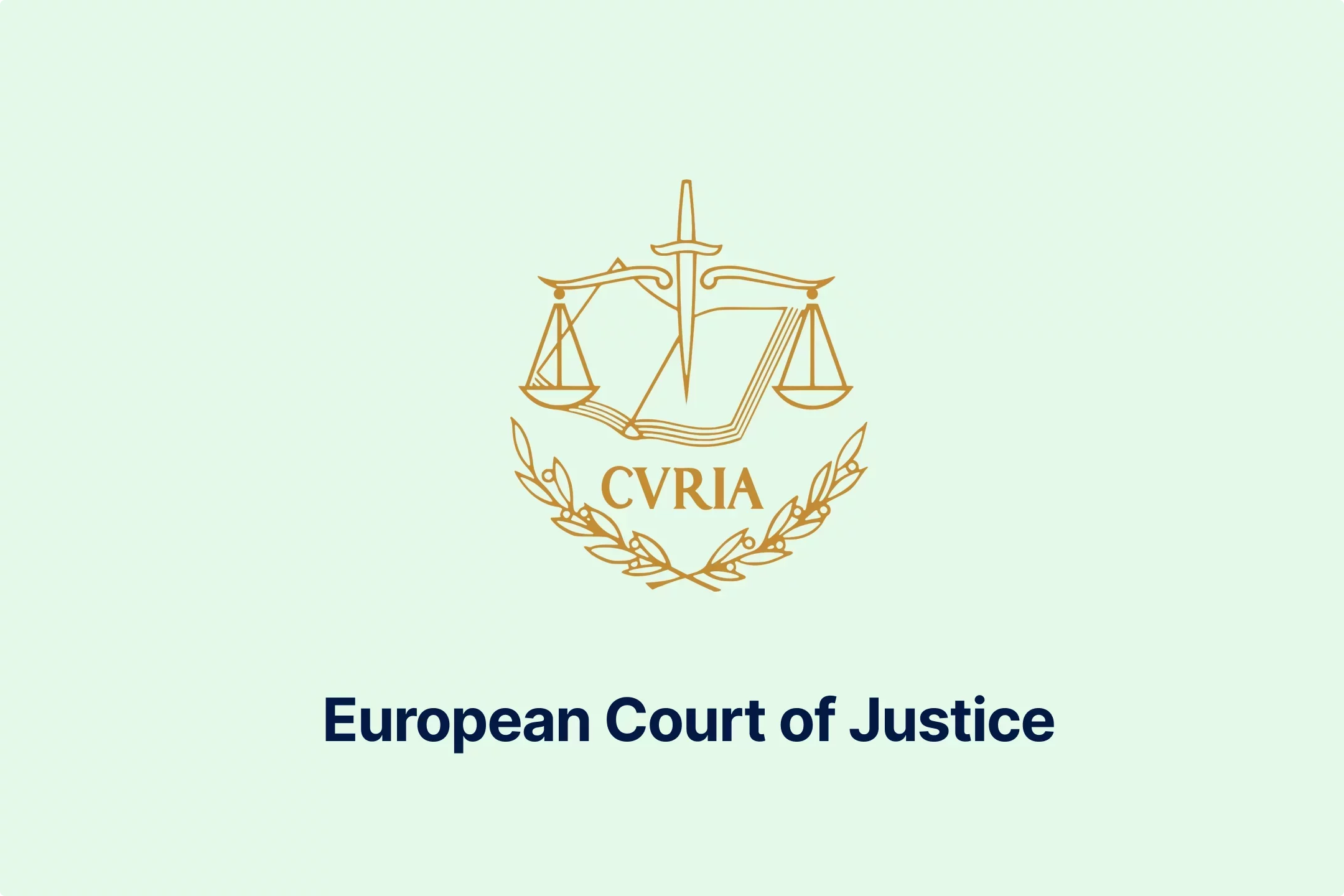
-eqt97uyekl.webp)
-wzw9mcf563.webp)

-z4oxr6i0zd.webp)




-l0zcrrzvhb.webp)
-fhtic1pwml.webp)

-iipdguuz9p.webp)
-nkhhwrnggm.webp)
-pltqwerr3w.webp)

-nn6mtfbneq.webp)

-tmnklelfku.webp)



-8z1msbdibu.webp)
-7g16lgggrv.webp)



-lxcwgtzitc.webp)
-9mc55kqwtx.webp)


-xla7j3cxwz.webp)
-jrdryw2eil.webp)






-t9qr49xs2u.webp)


-qjopq5jplv.webp)



-vune1zdqex.webp)

-qsozqjwle2.webp)
-rgjta7iwiv.webp)

-zb6bxxws47.webp)
-lyfjzw4okp.webp)

-ogpfmol5m1.png)


-czisebympl.png)

-zetvivc79v.png)
-ud7ylvkade.png)
-qizq6w2v5z.png)







-ihr6b4mpo1.webp)
-k1j4au0ph6.webp)
-swxxcatugi.webp)


-ig9tutqopw.webp)

-tauoa6ziym.webp)

-spr0wydvvg.webp)
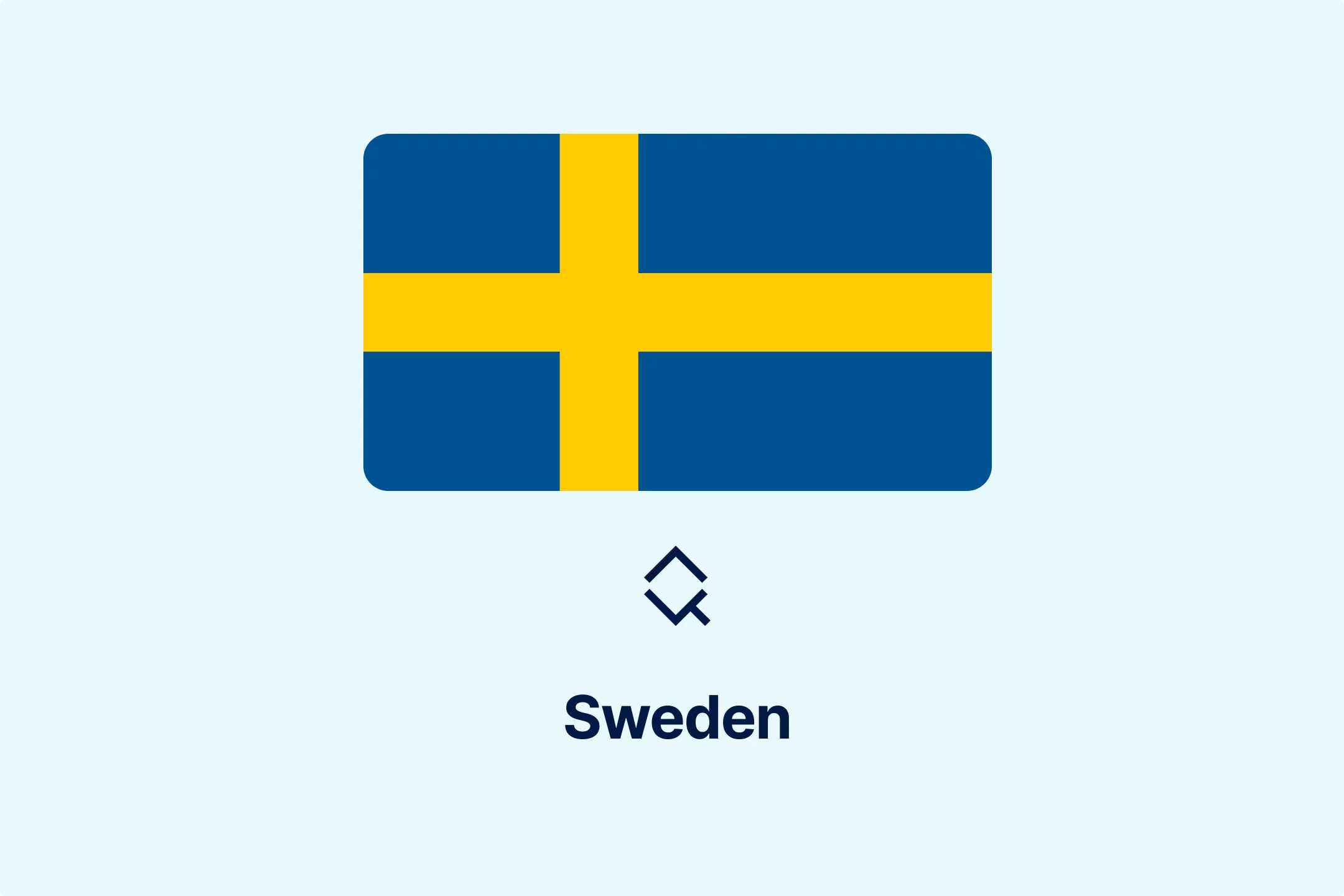
-xfuognajem.webp)





-u2nv5luoqc.webp)








-opuxpan2iu.webp)




-kwttsfd8ow.webp)
-8u14qi10nj.webp)

-wjpr96aq5g.webp)

.png)

.png)


.png)


.png)



.png)
.png)
.png)
.png)
.png)

.png)
.png)




.png)
.png)




































































































































